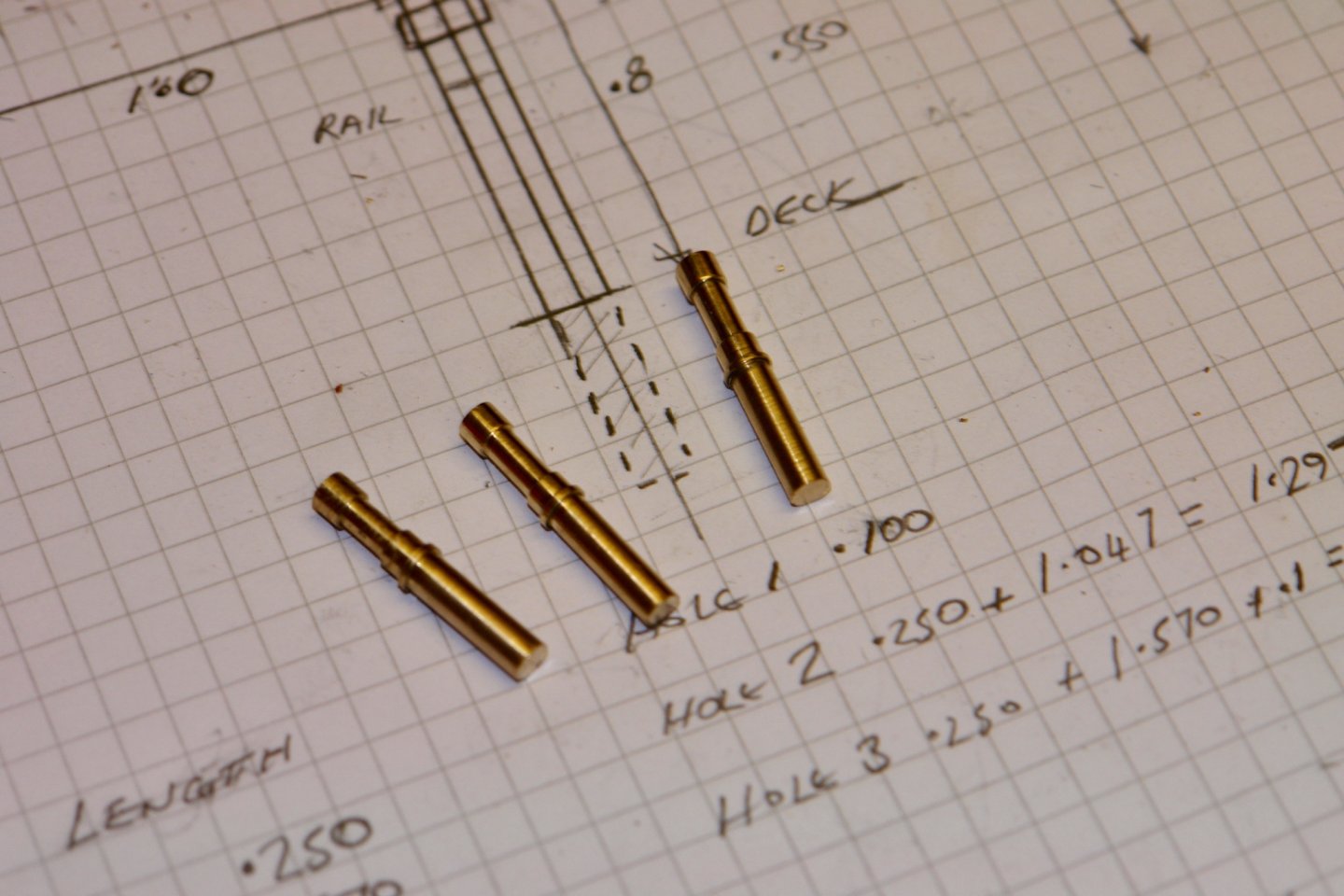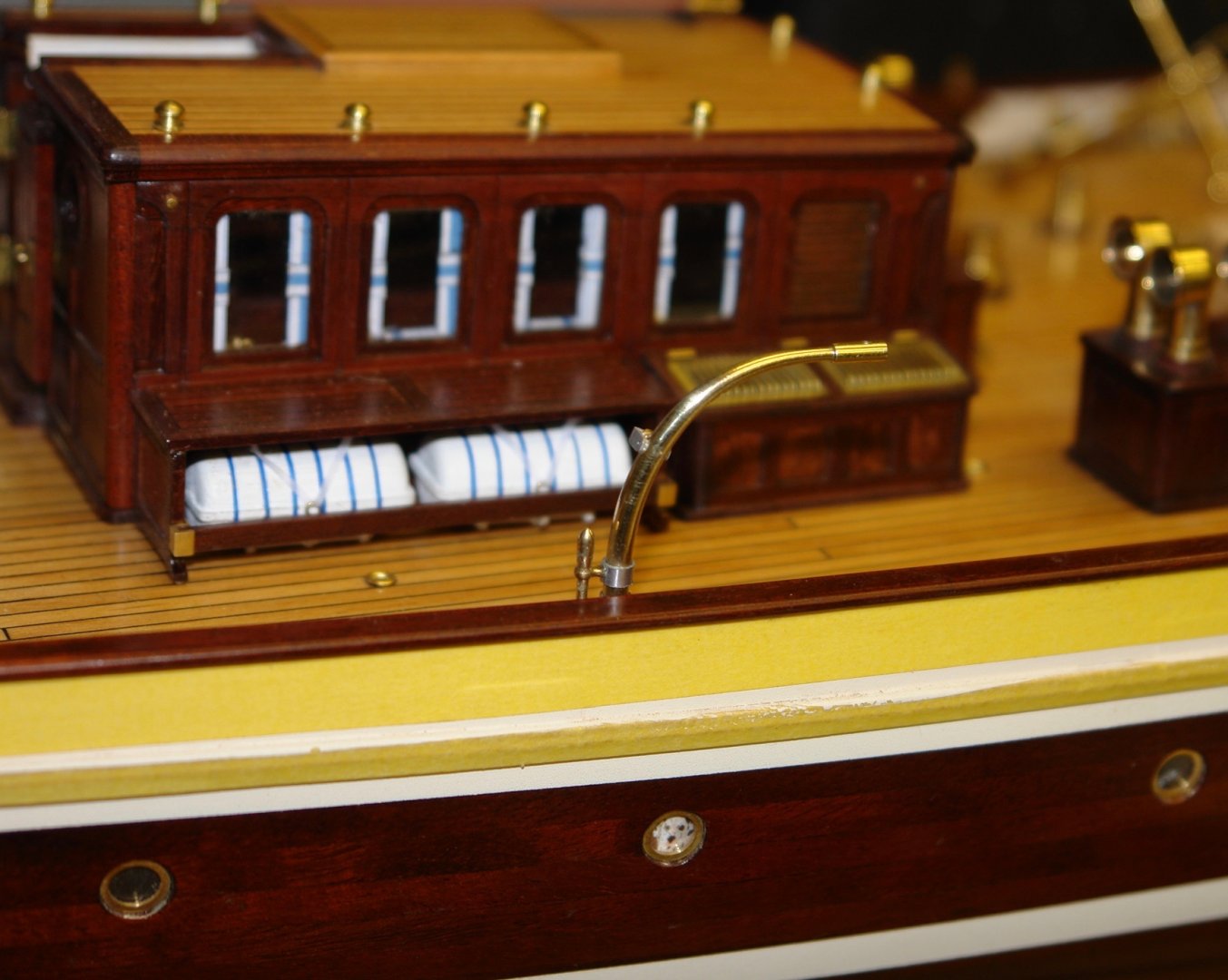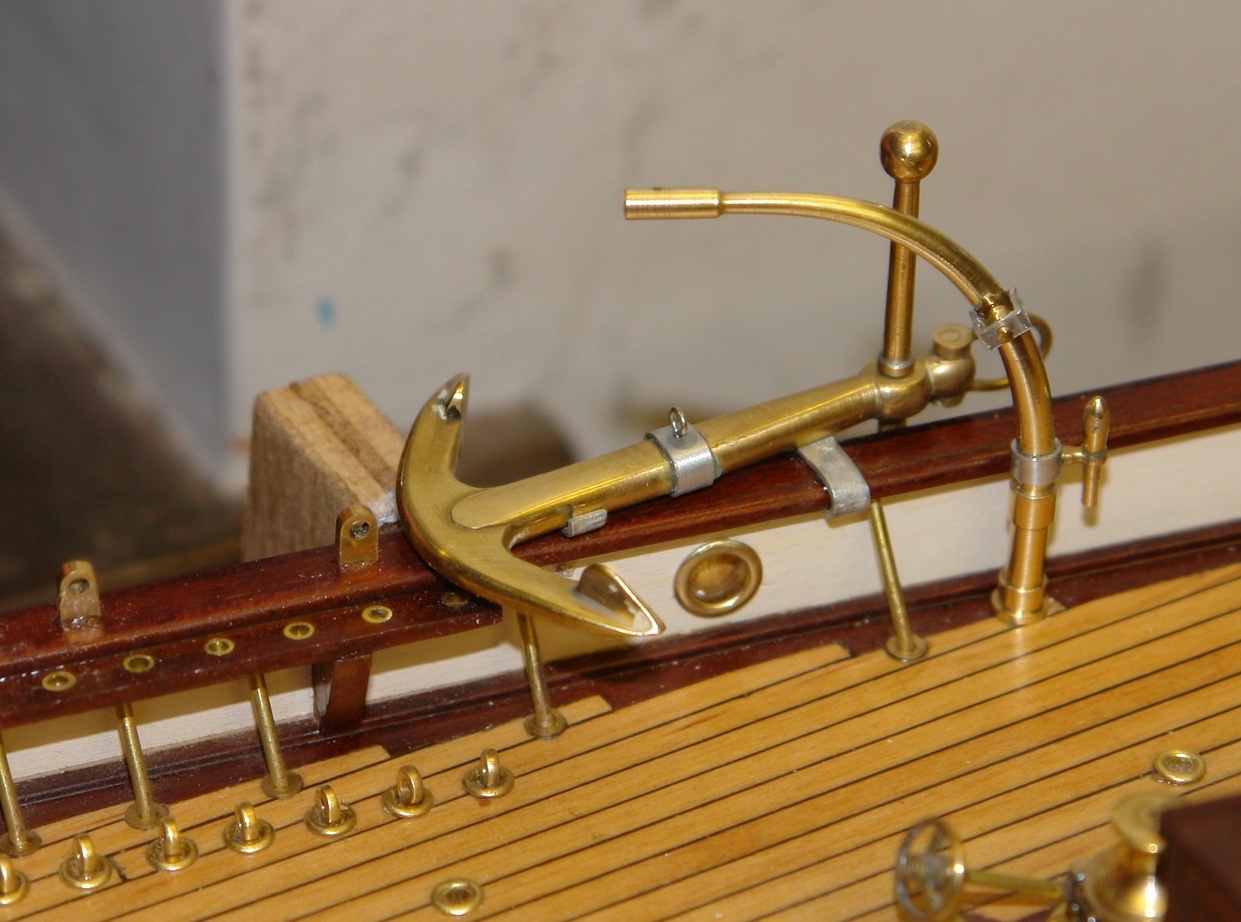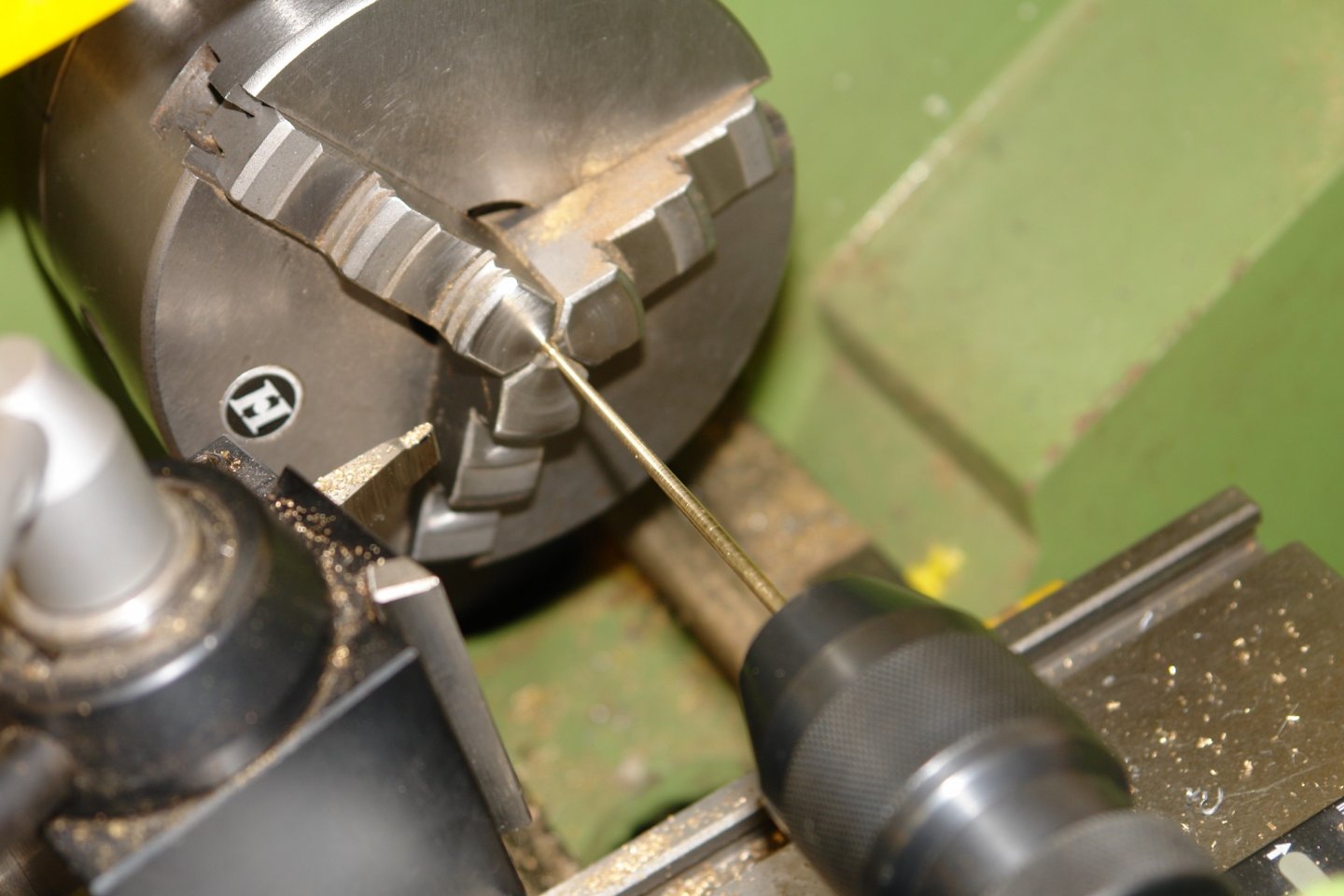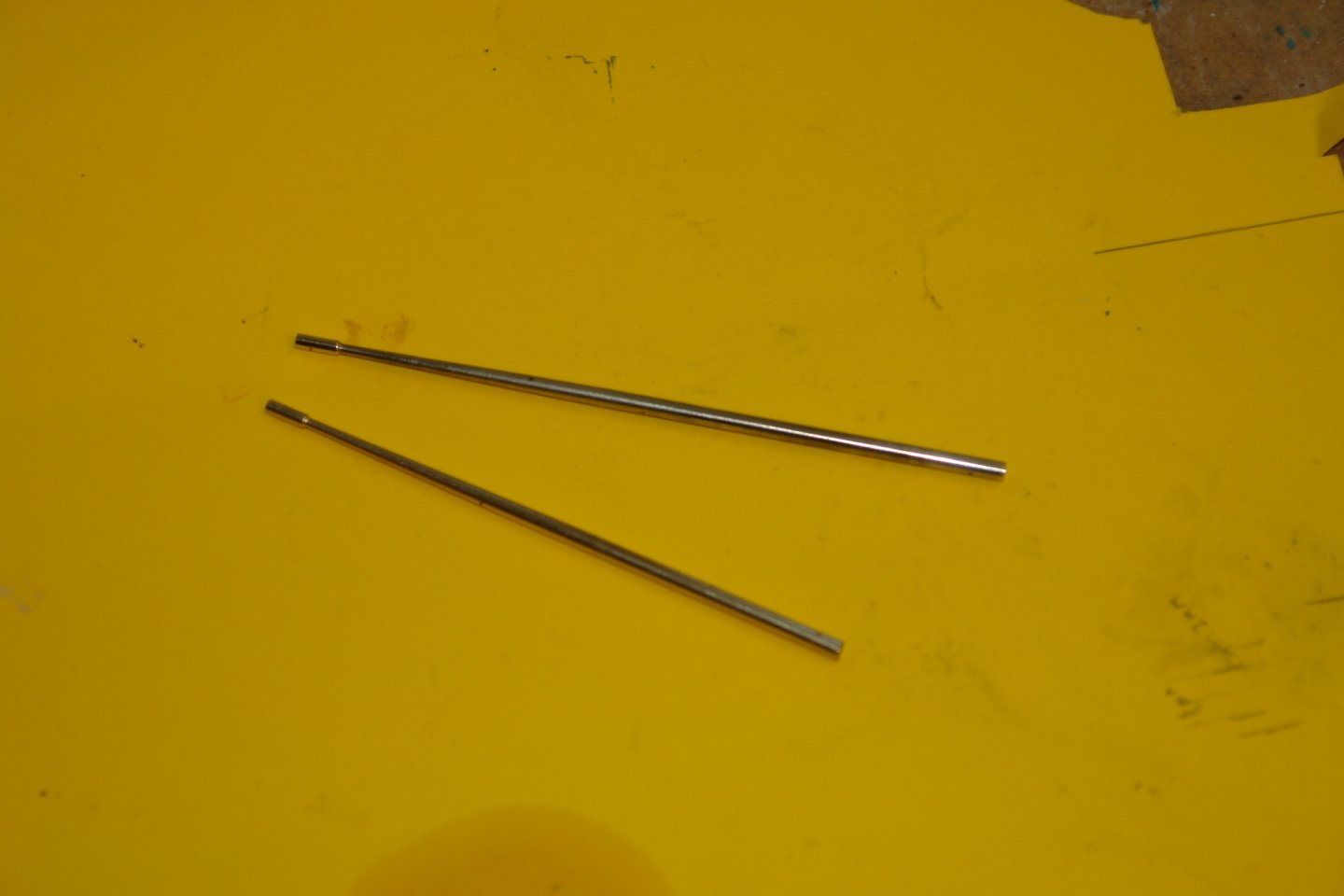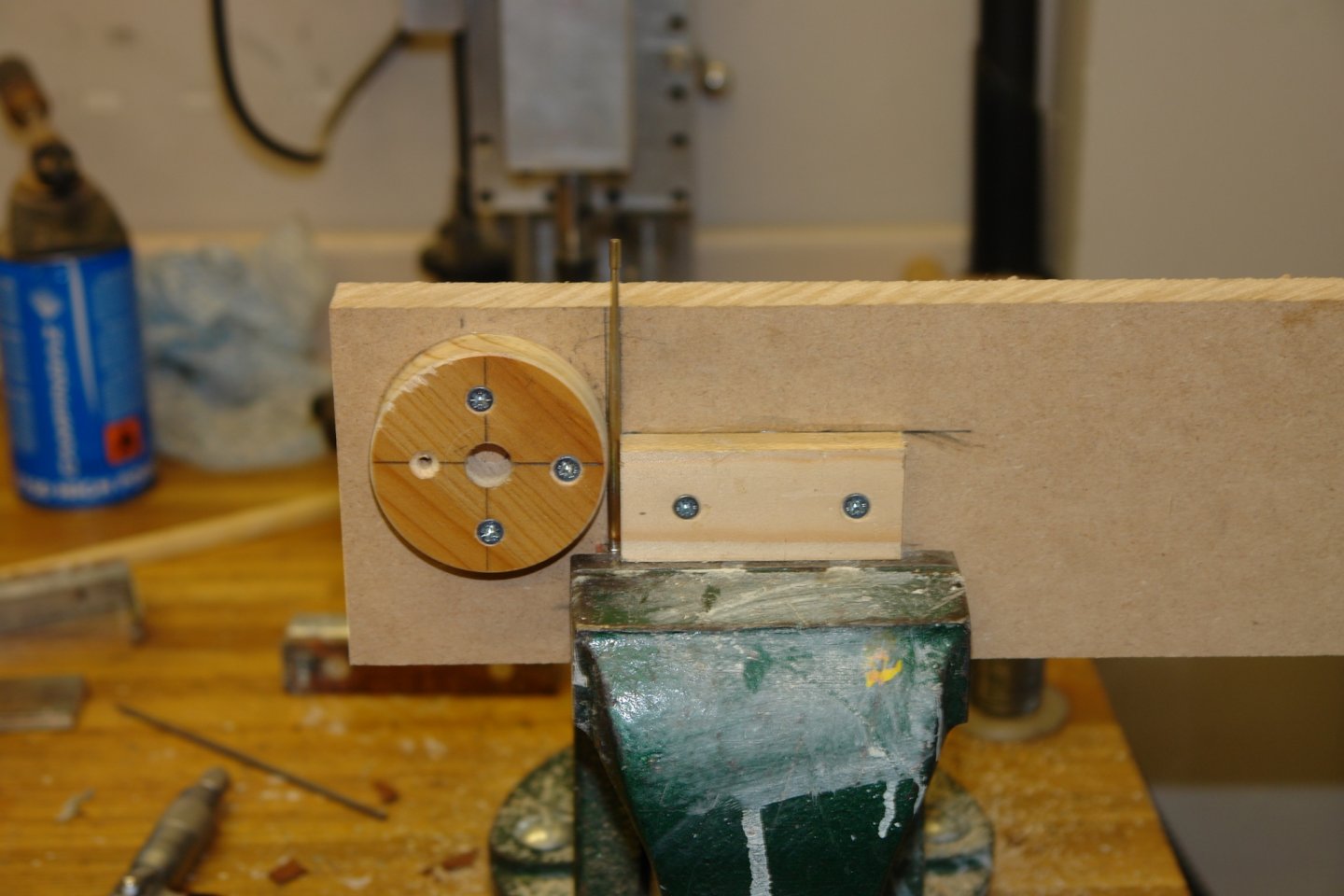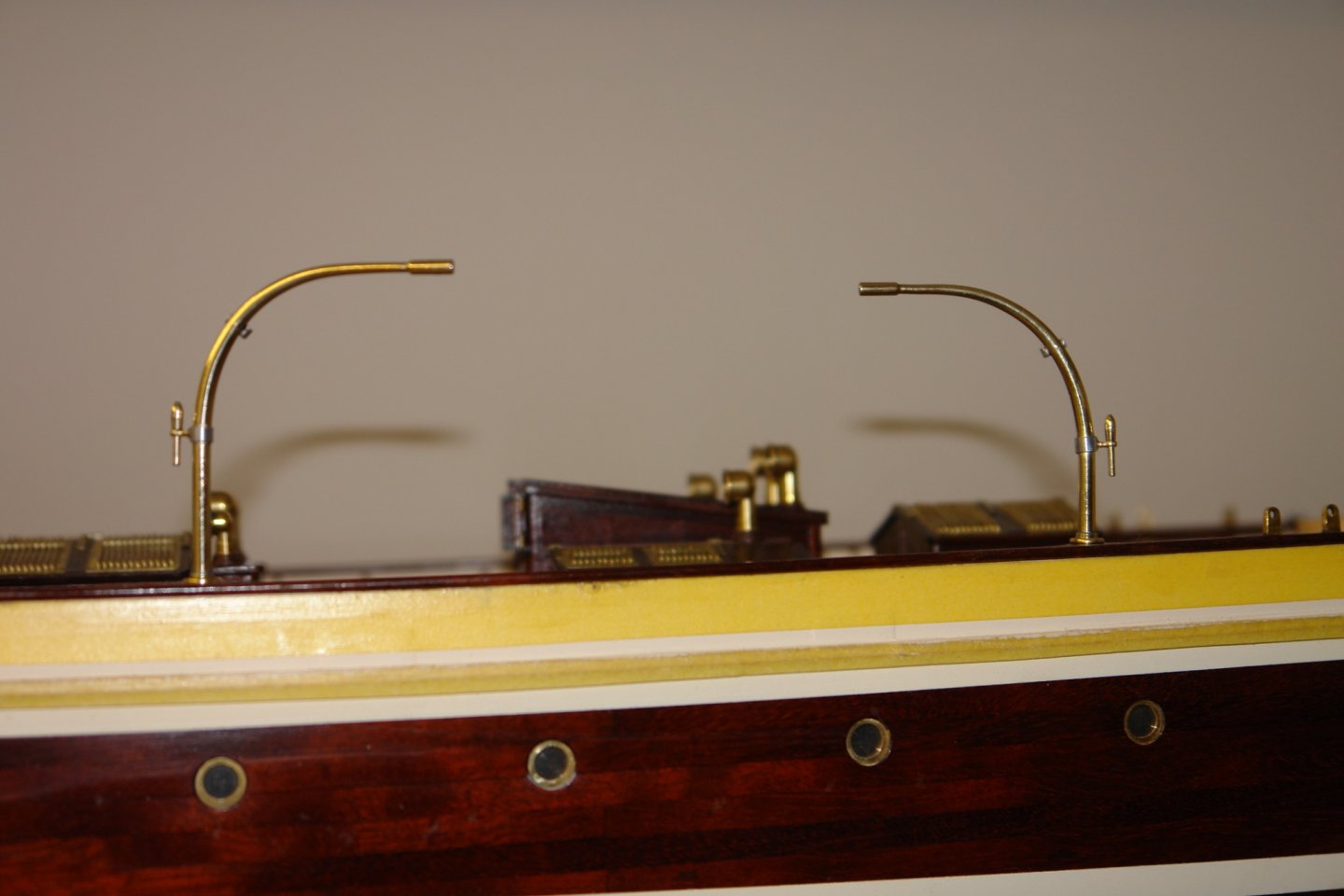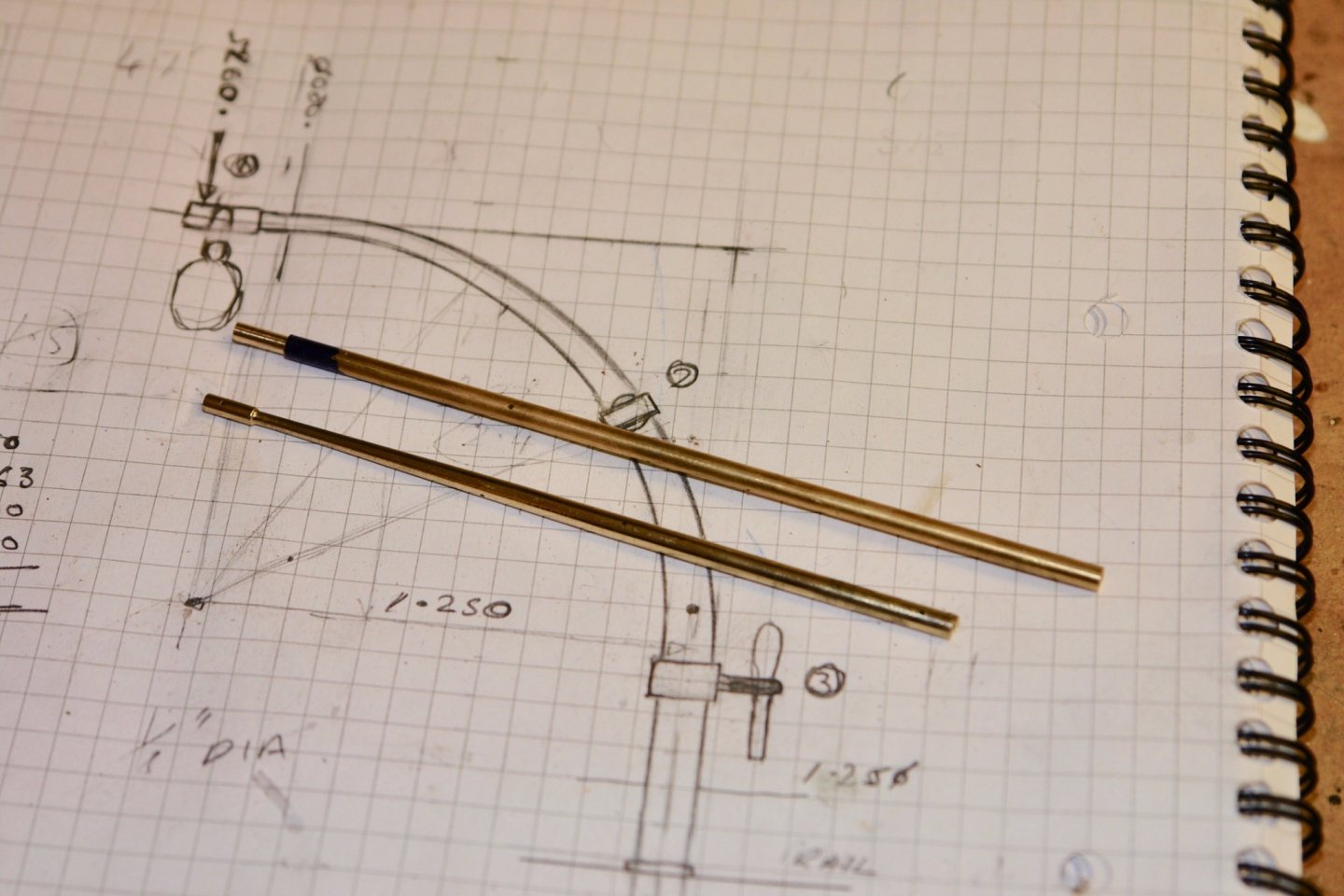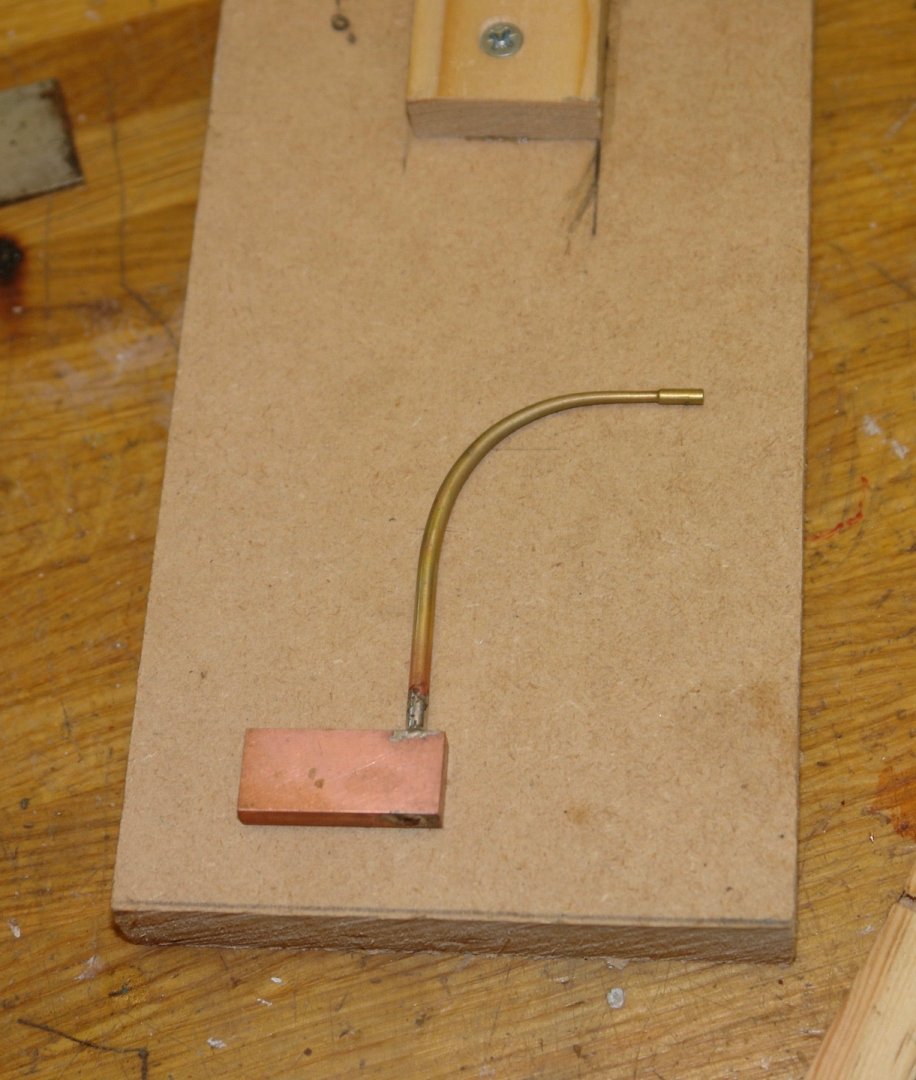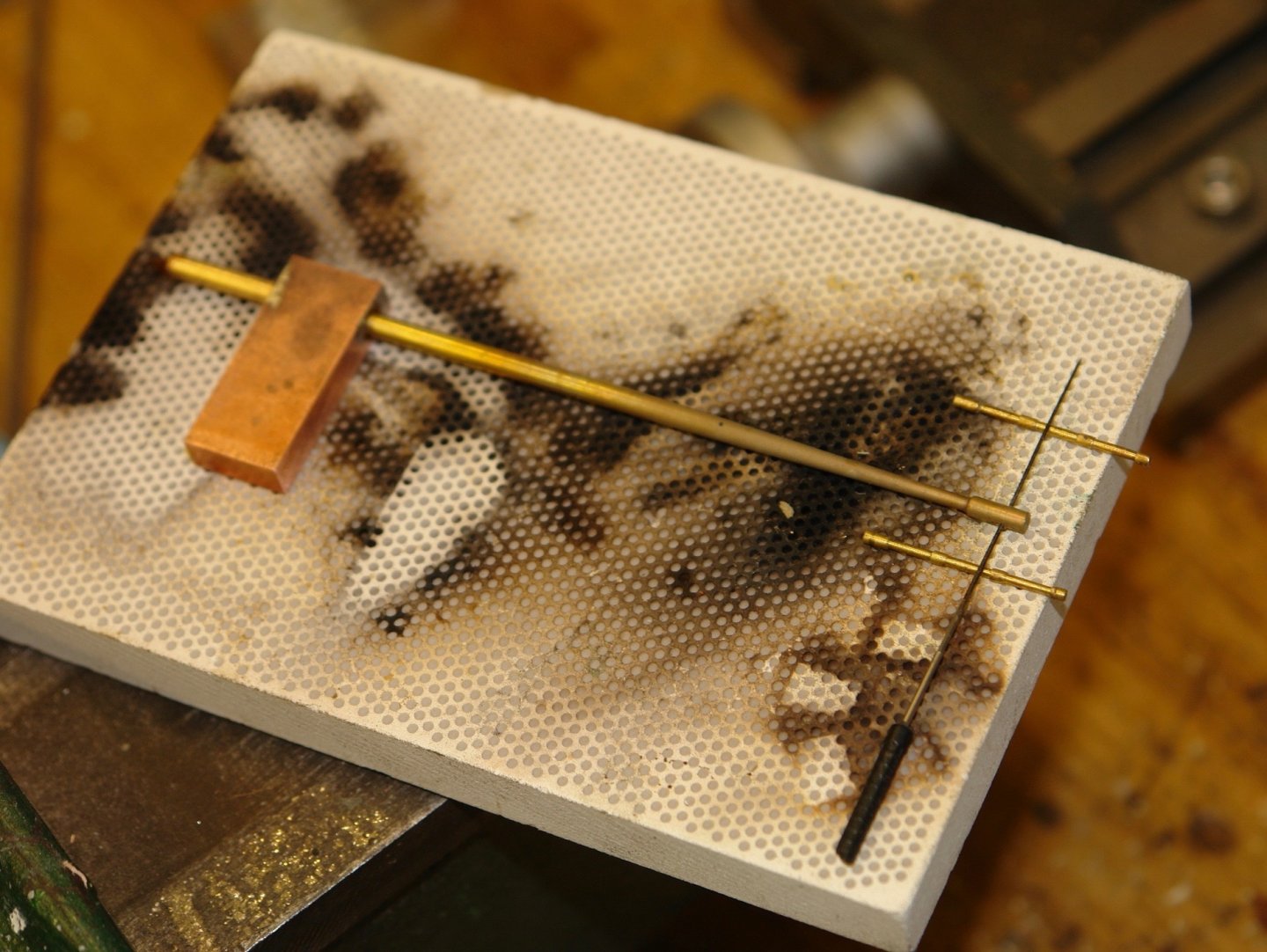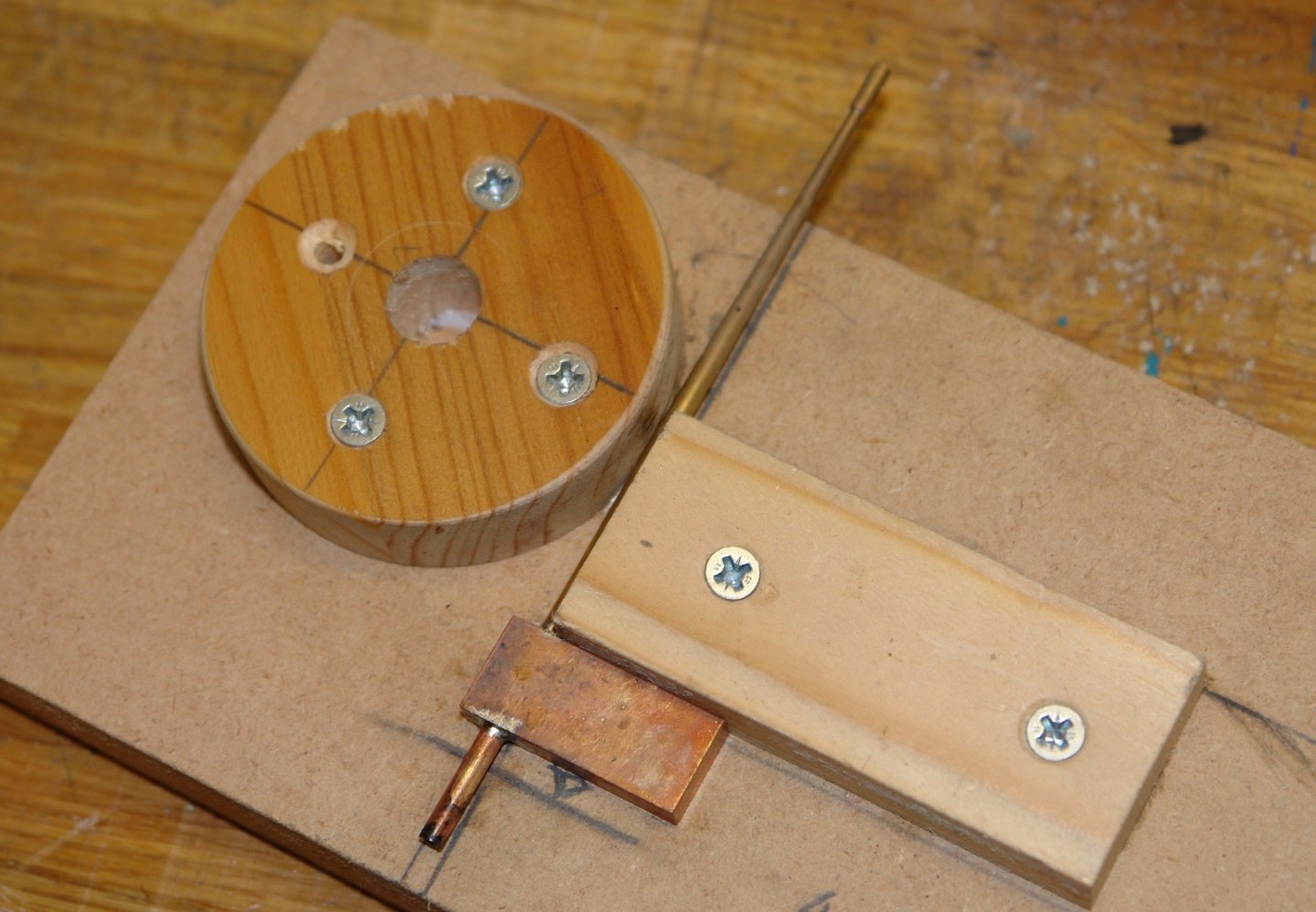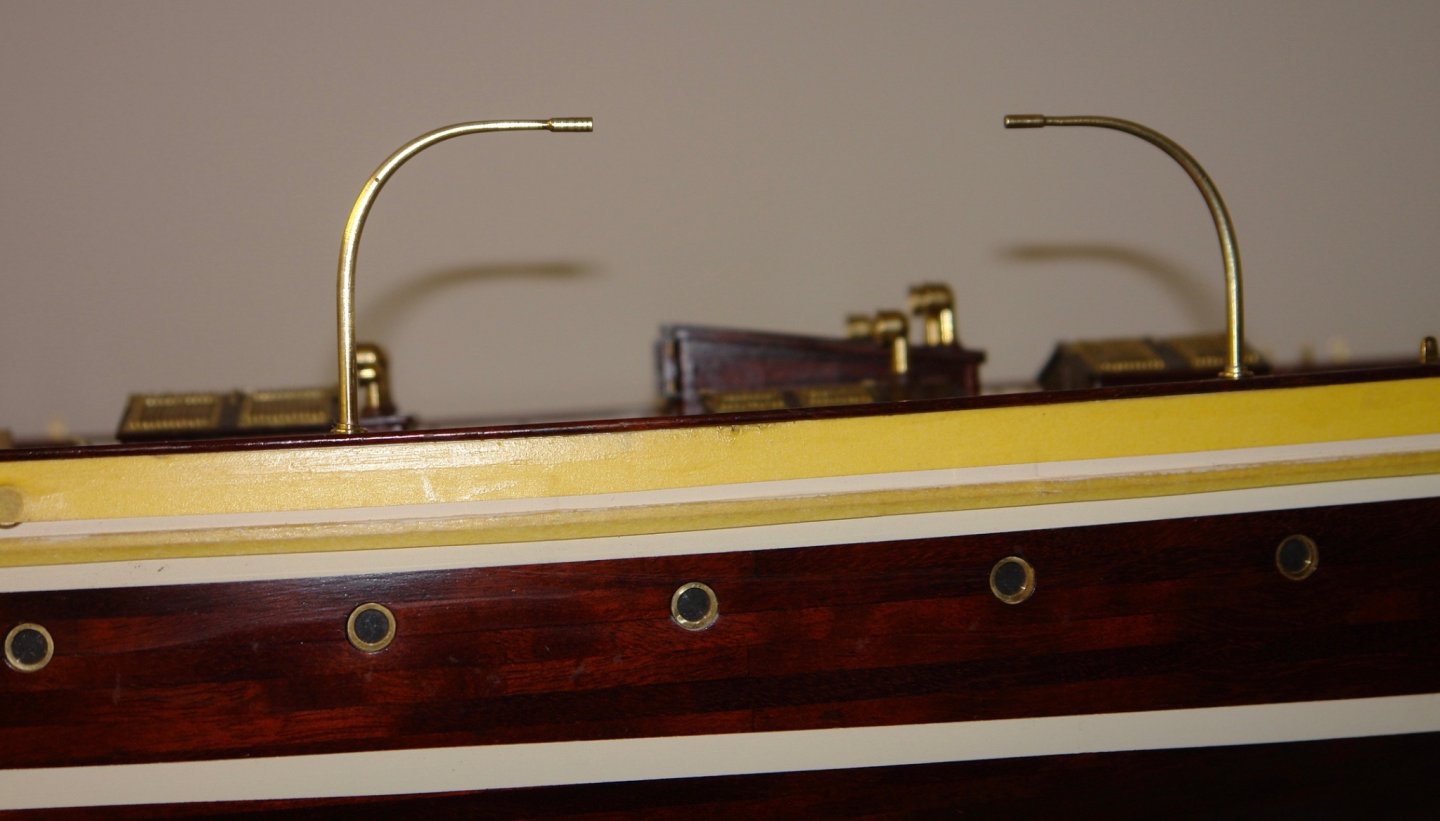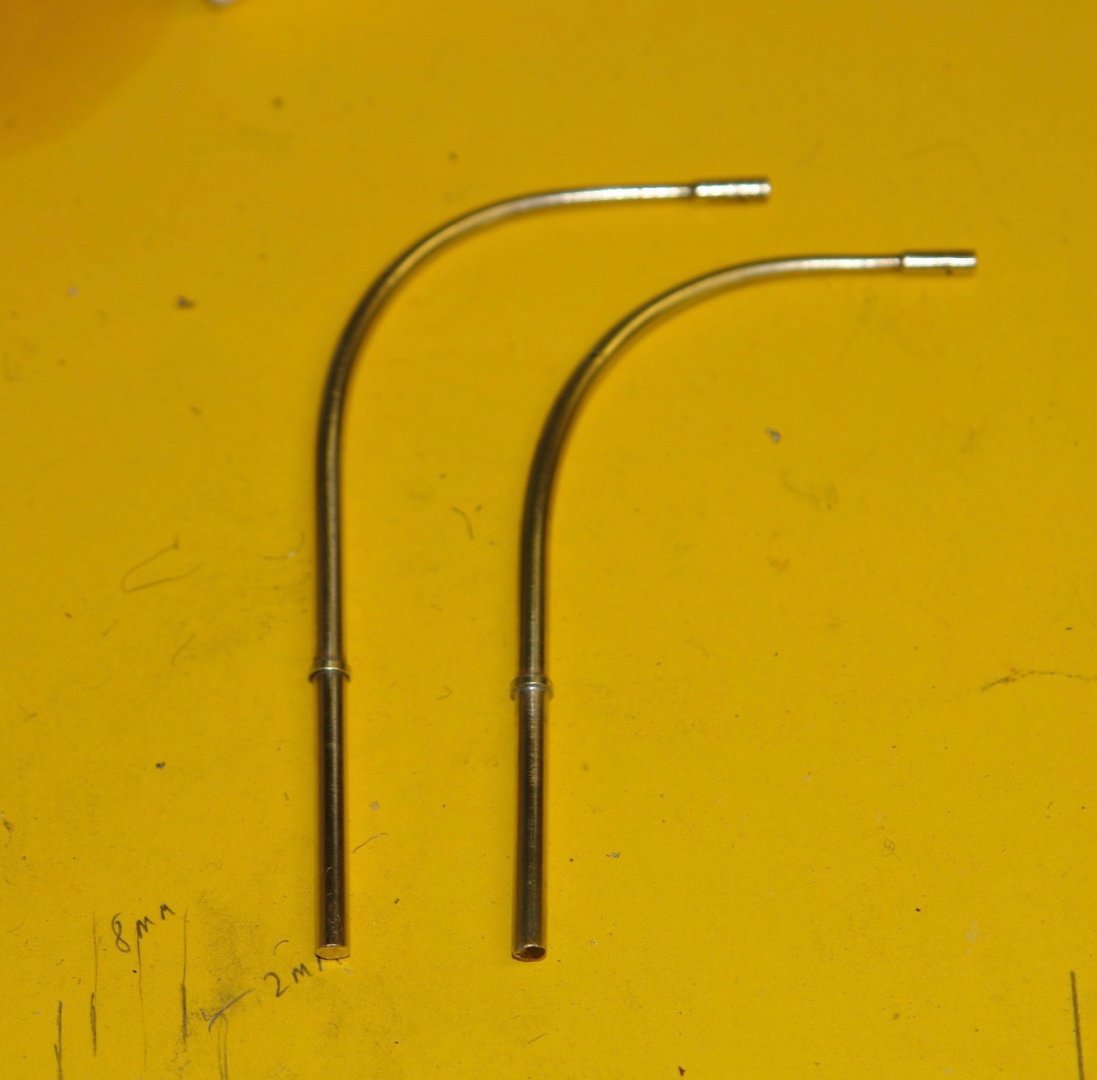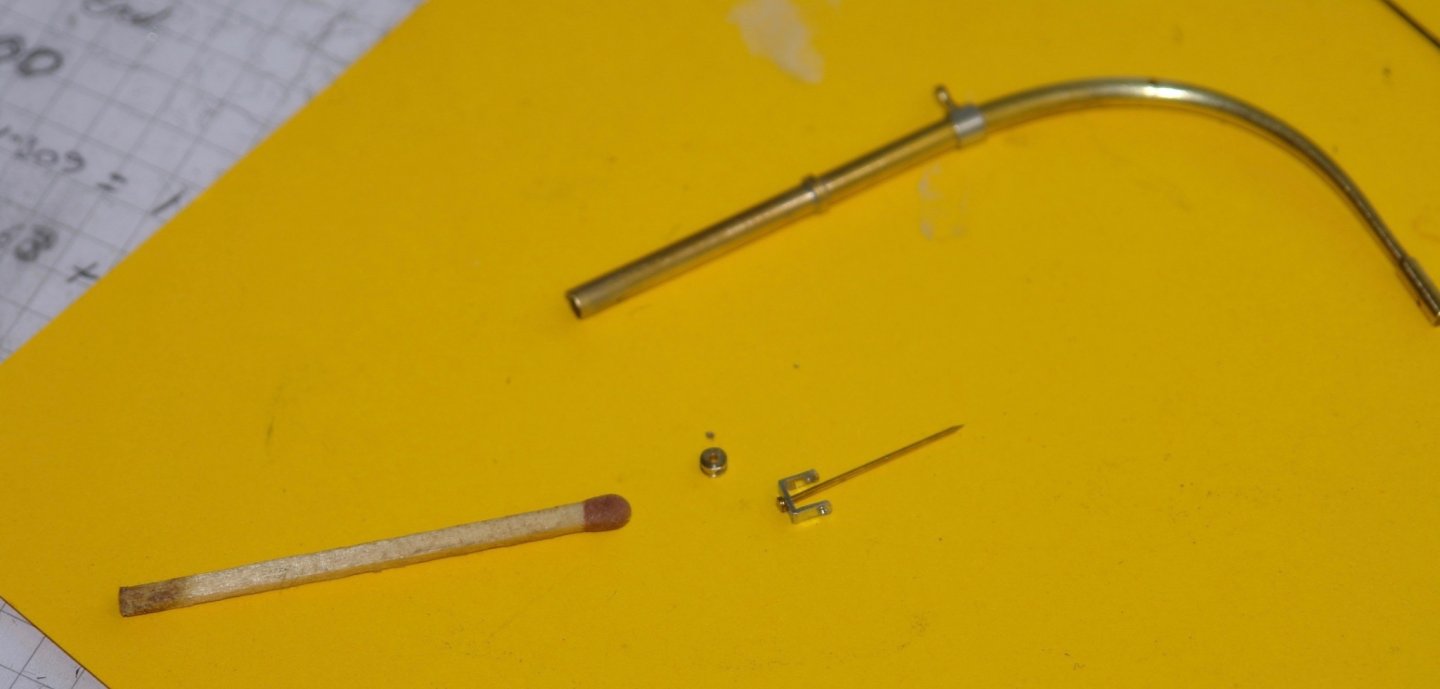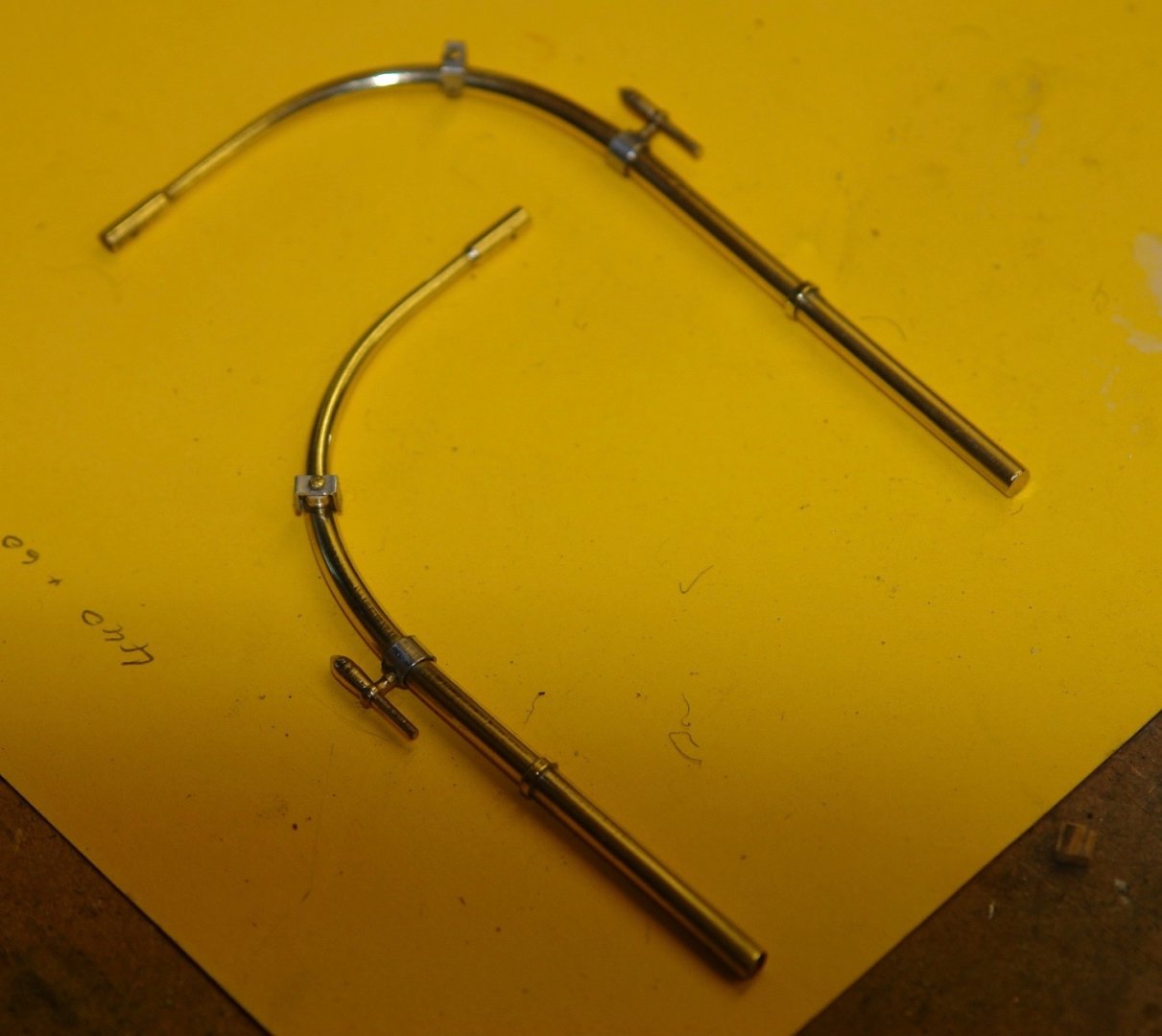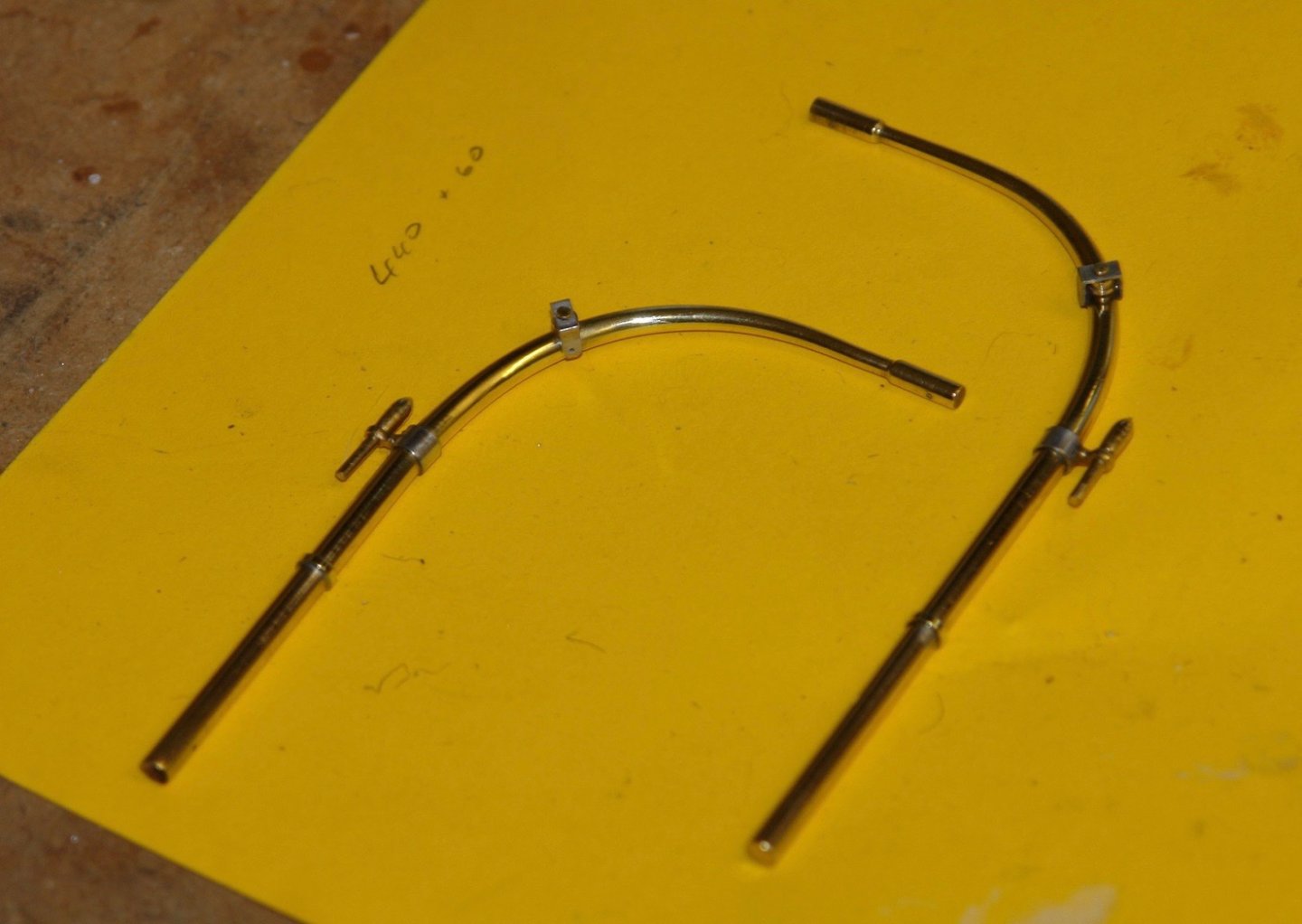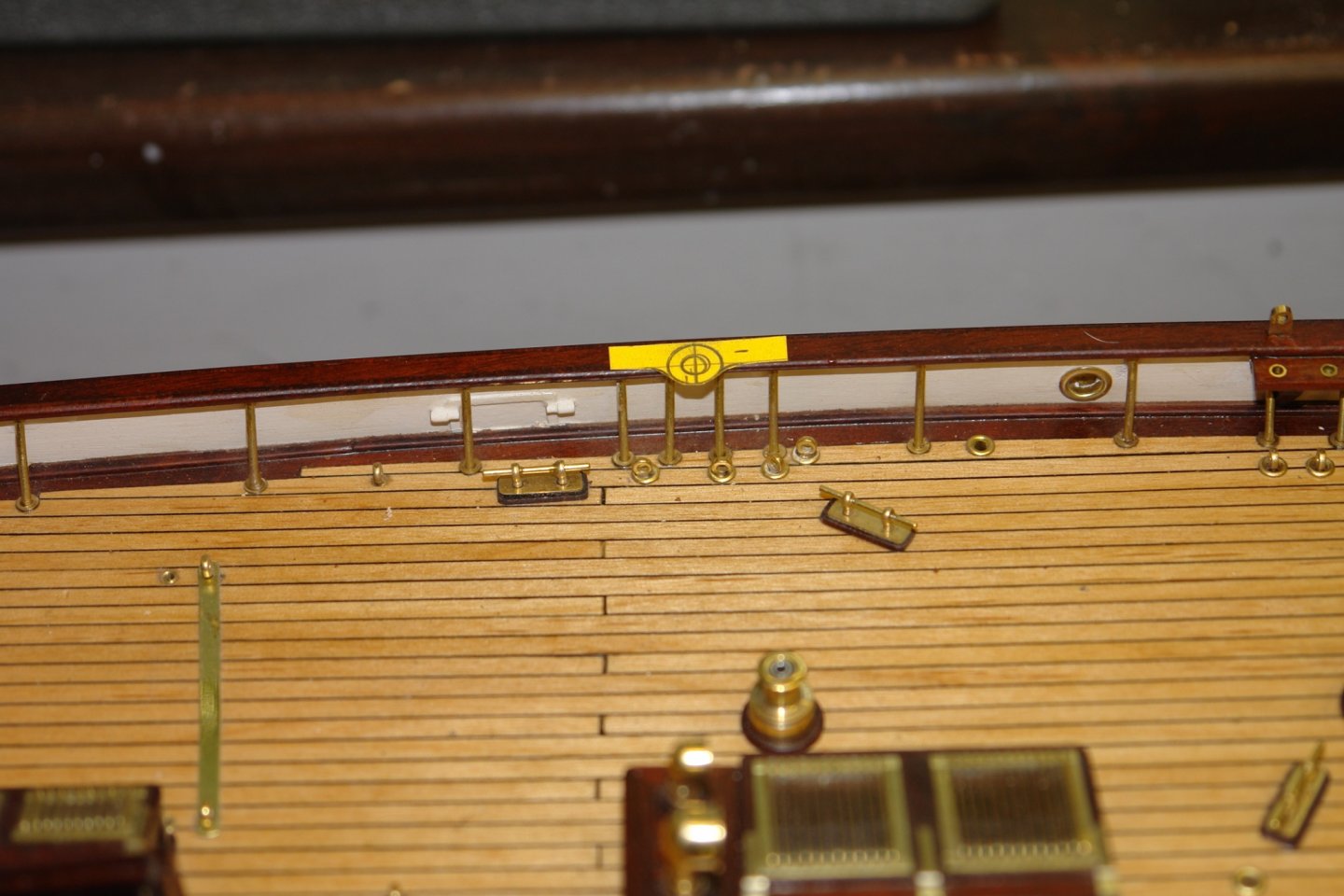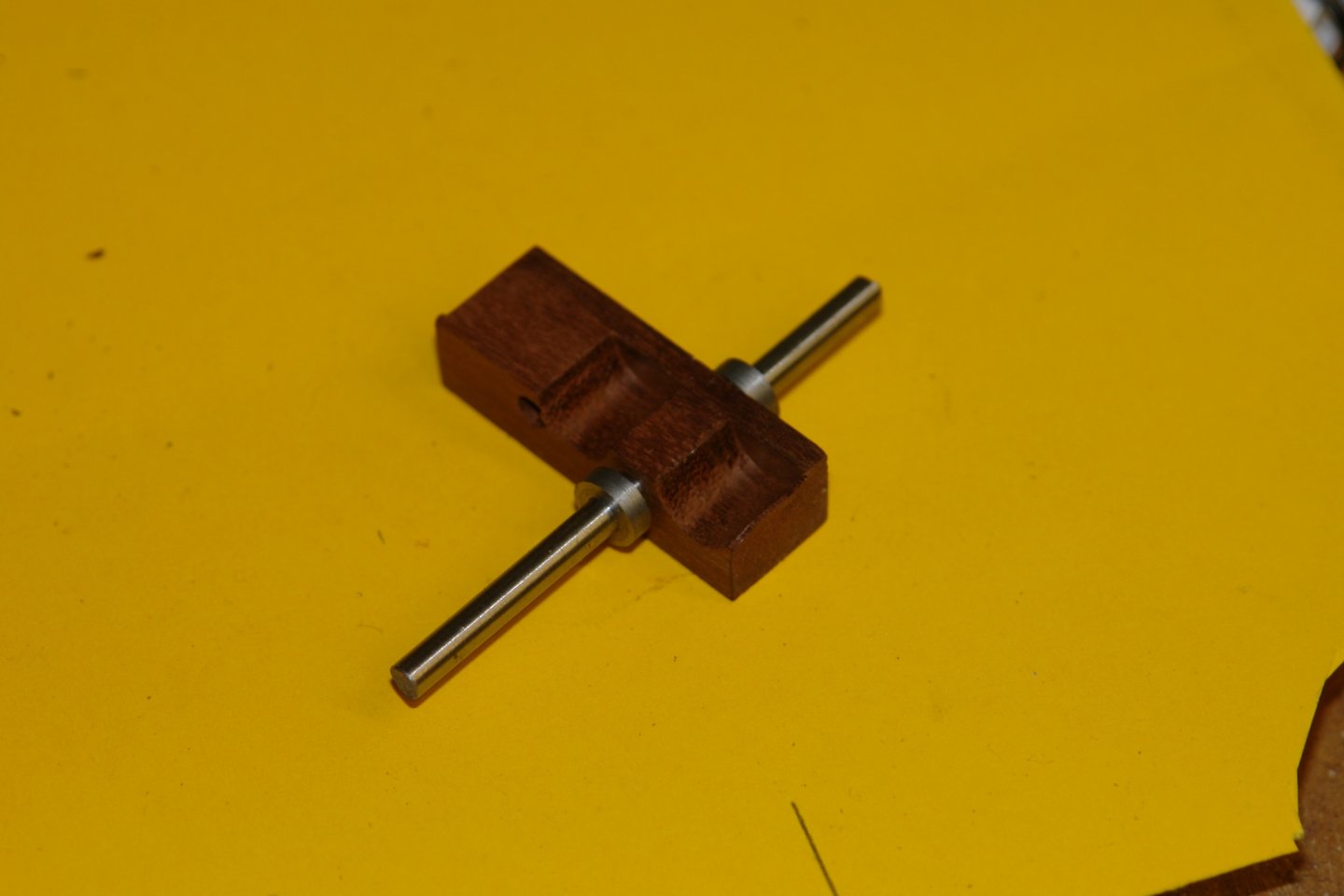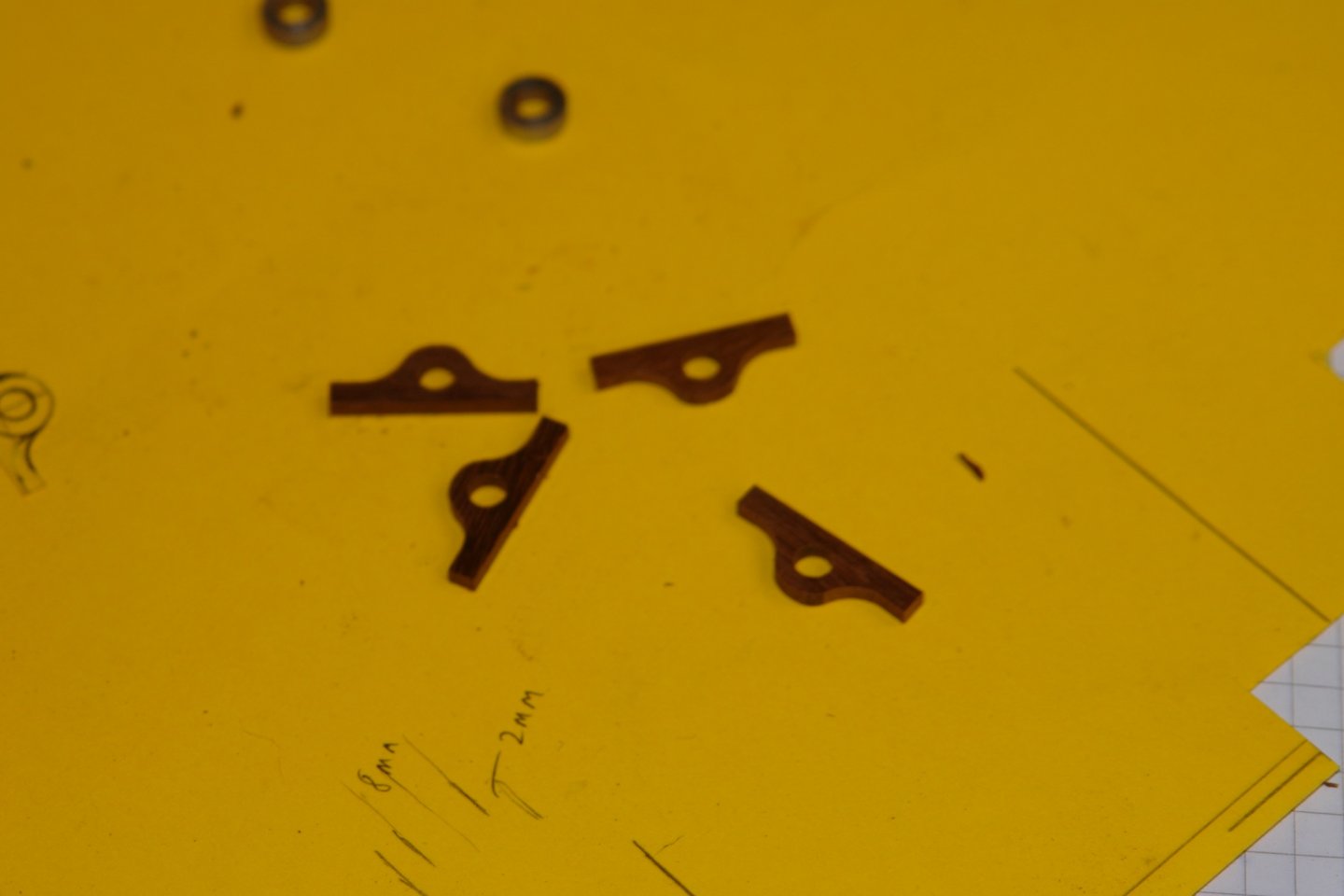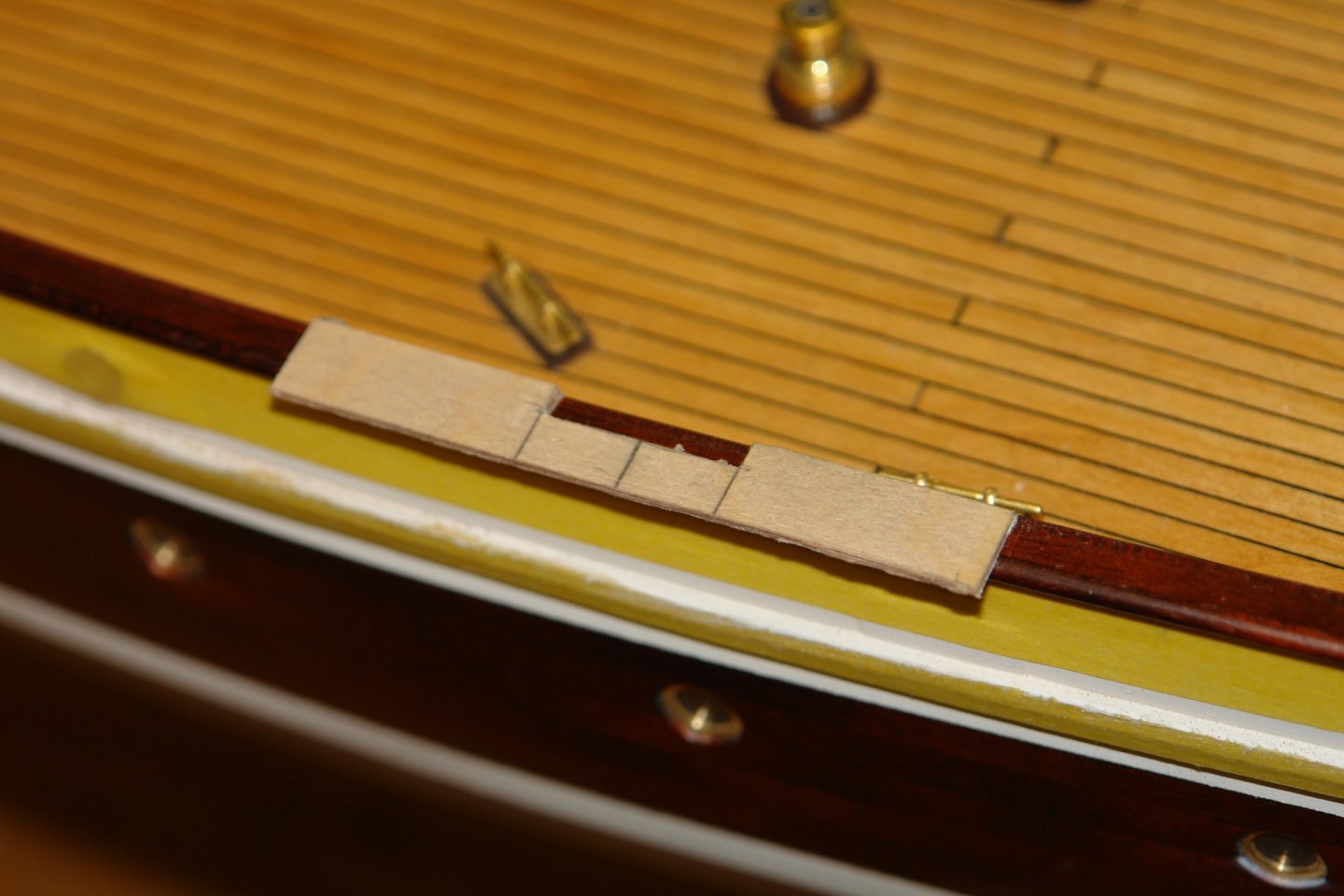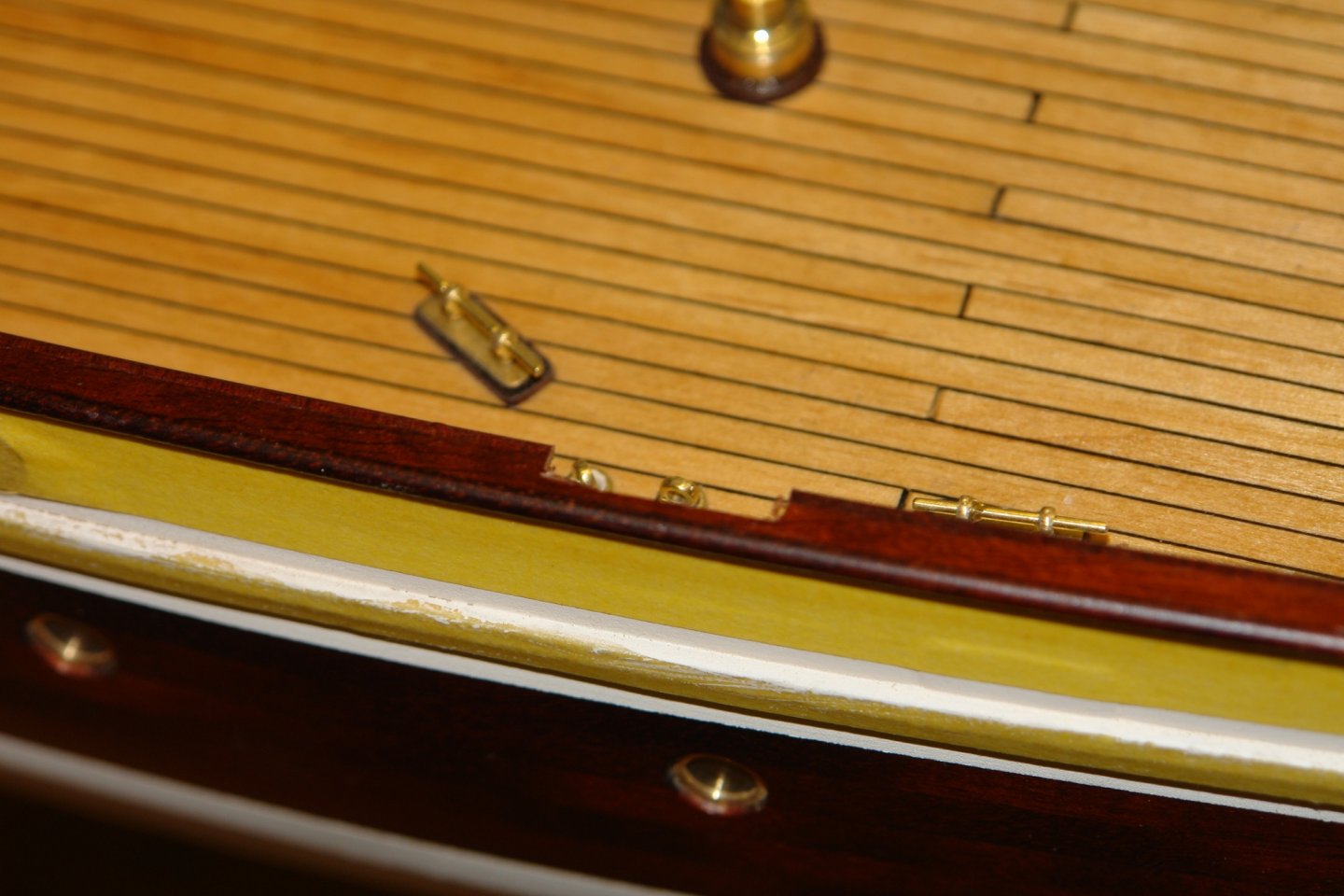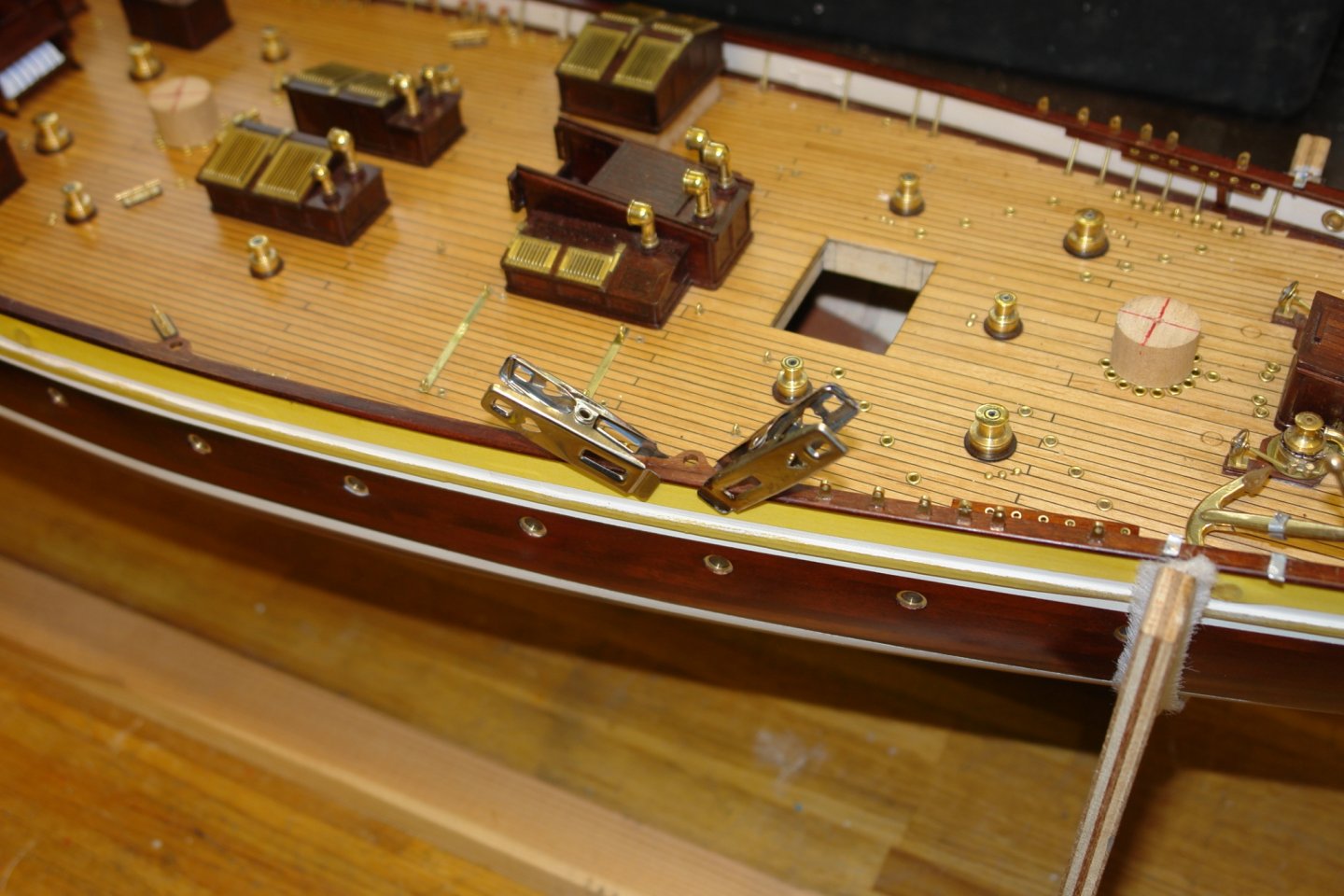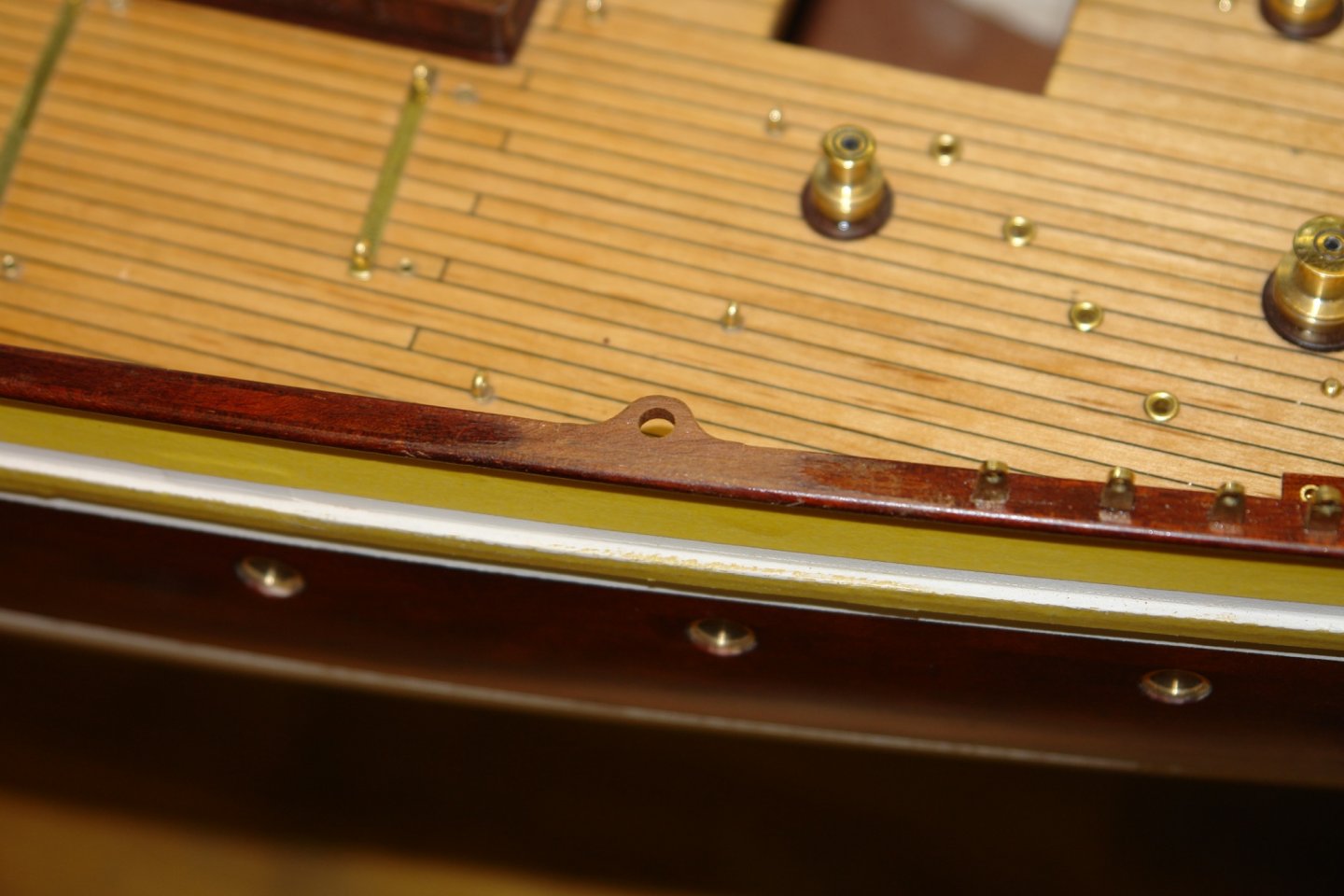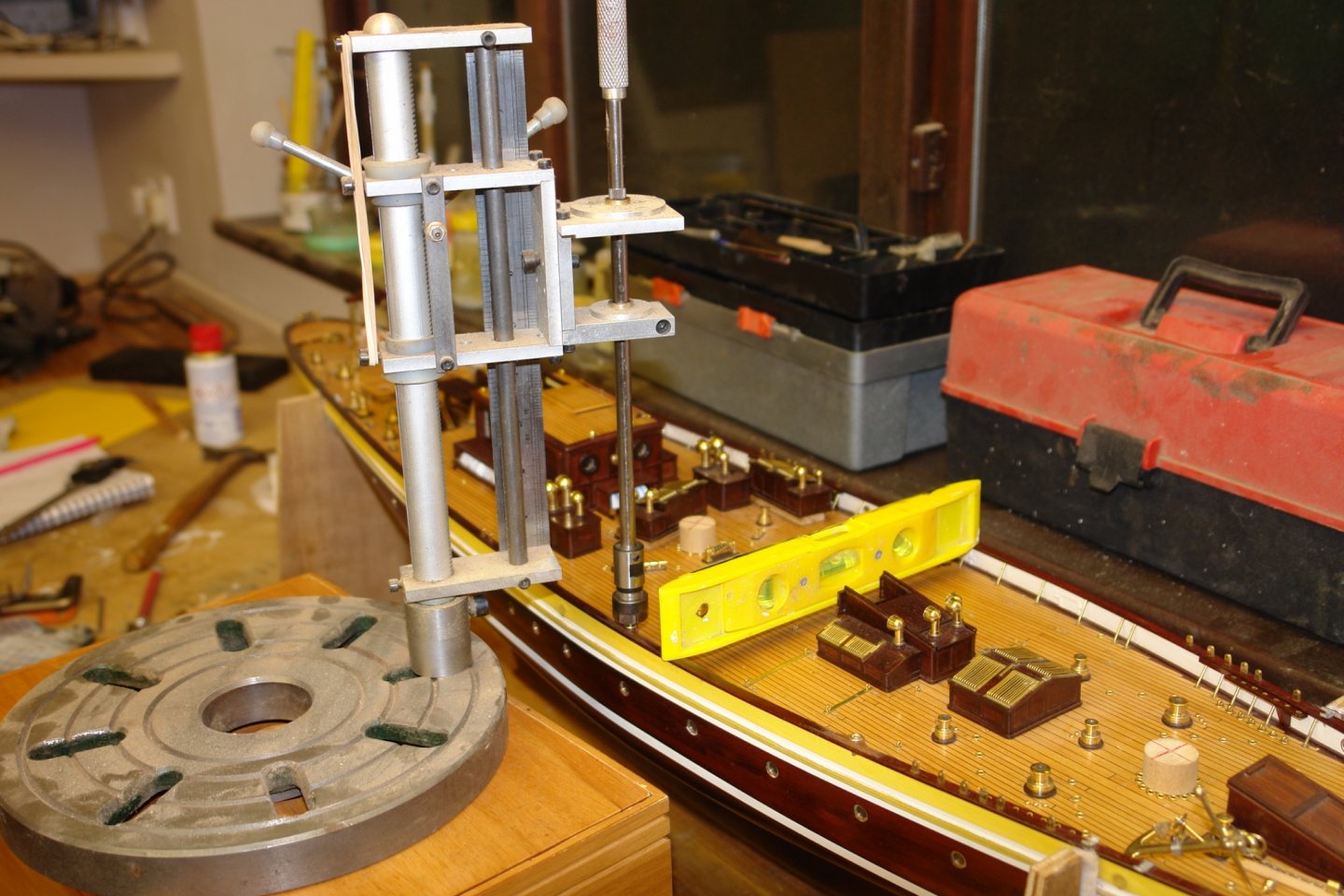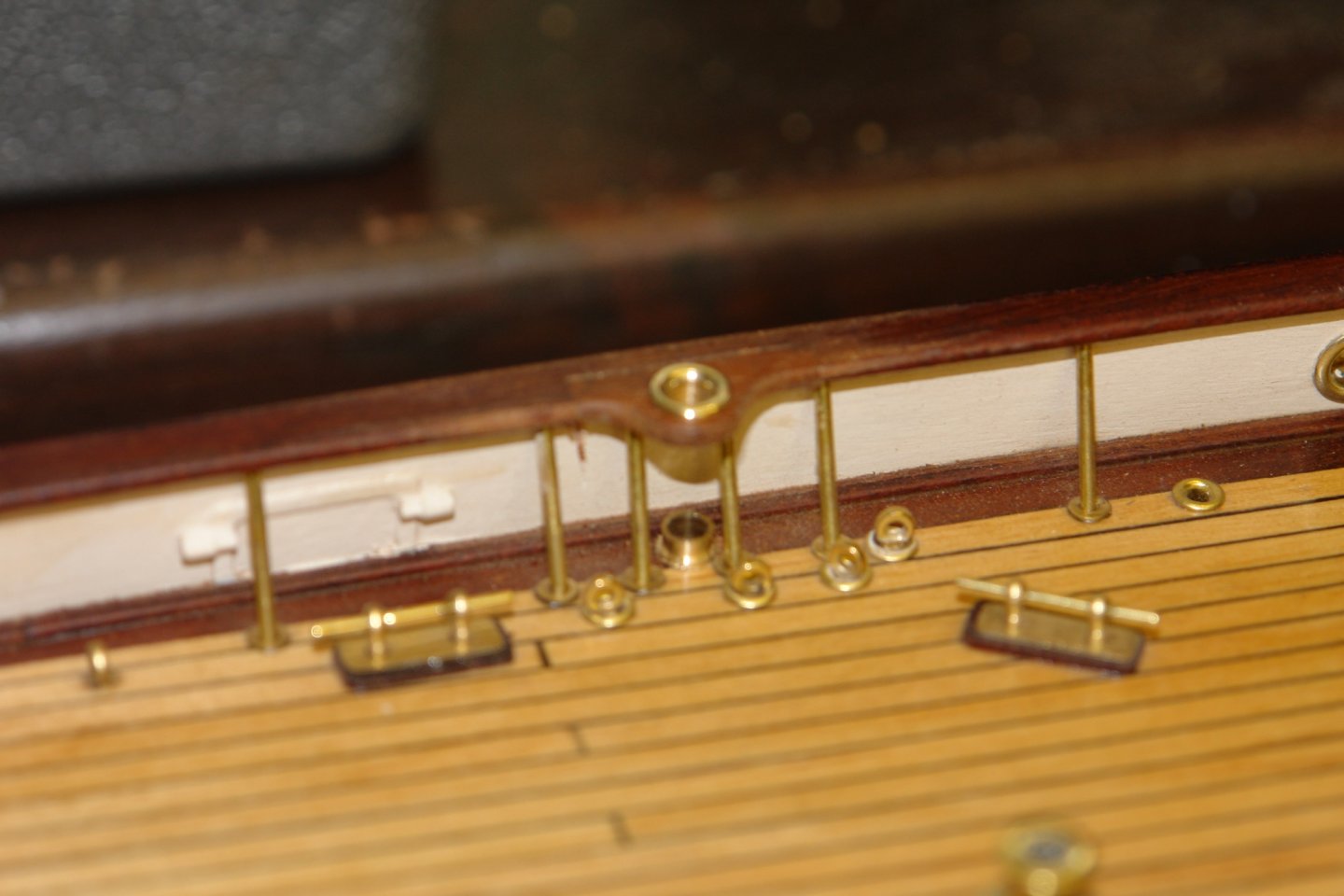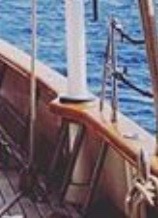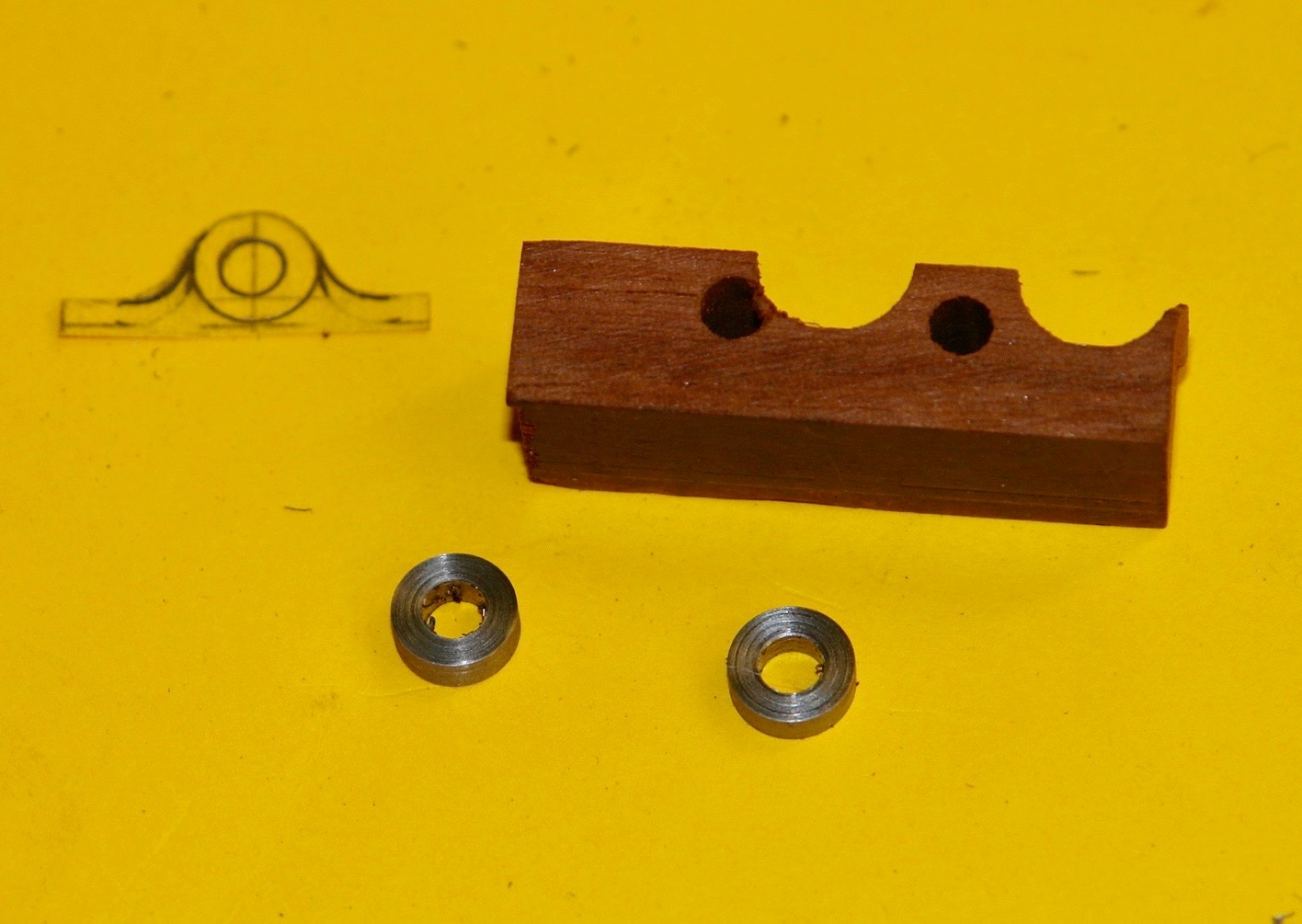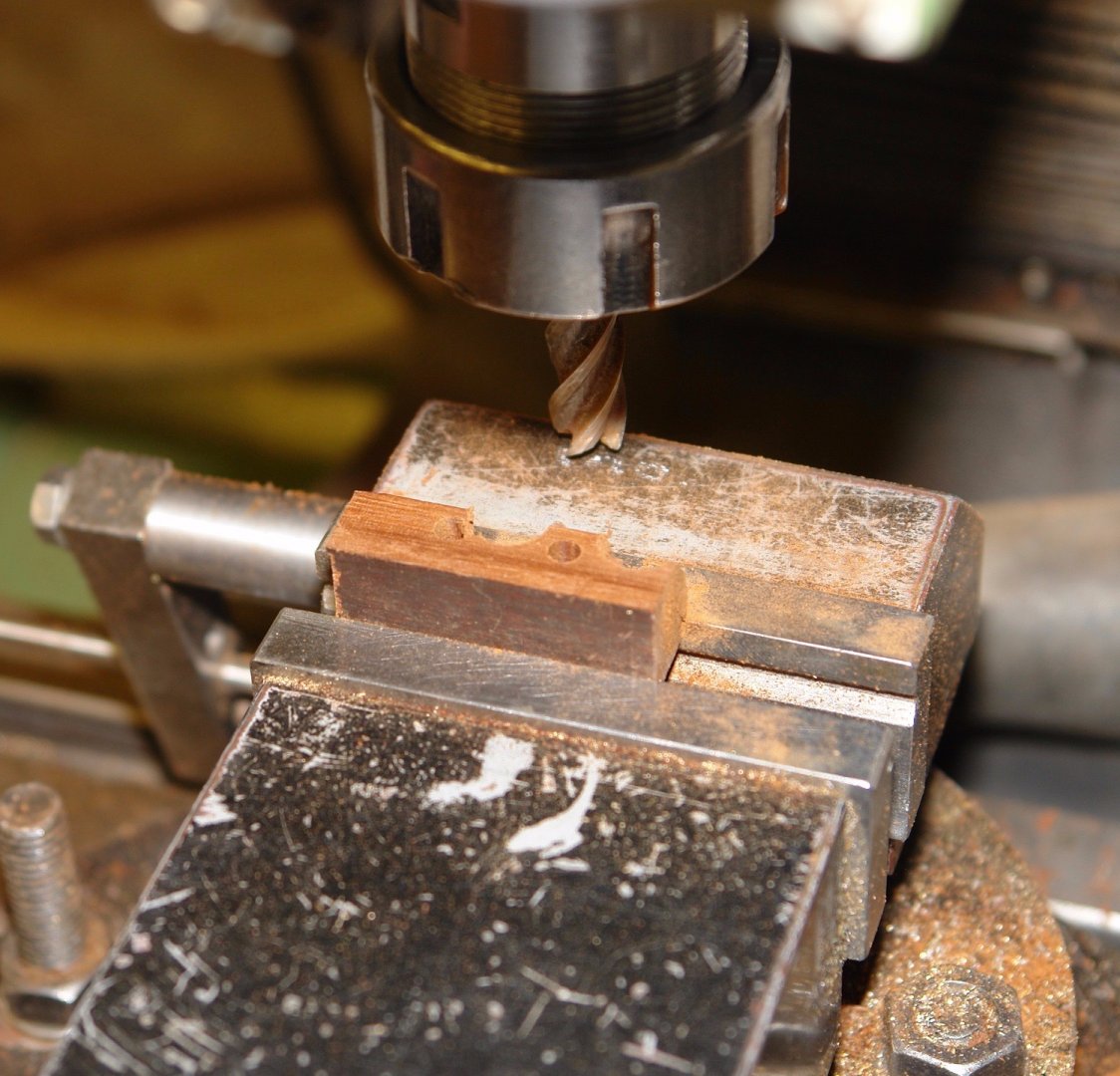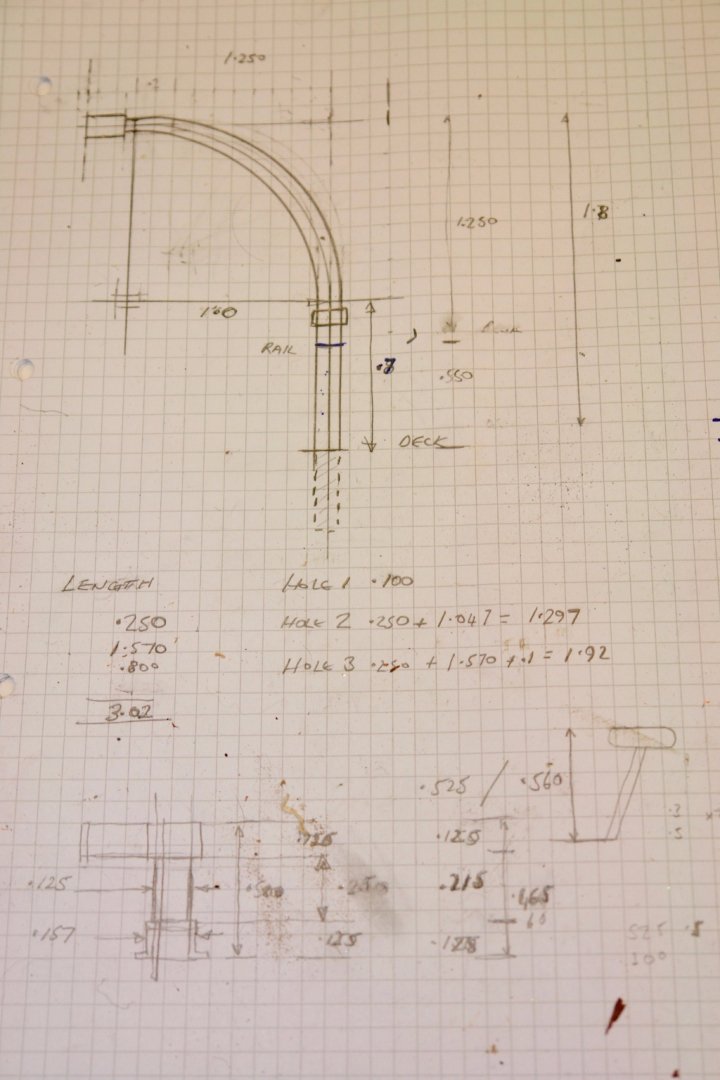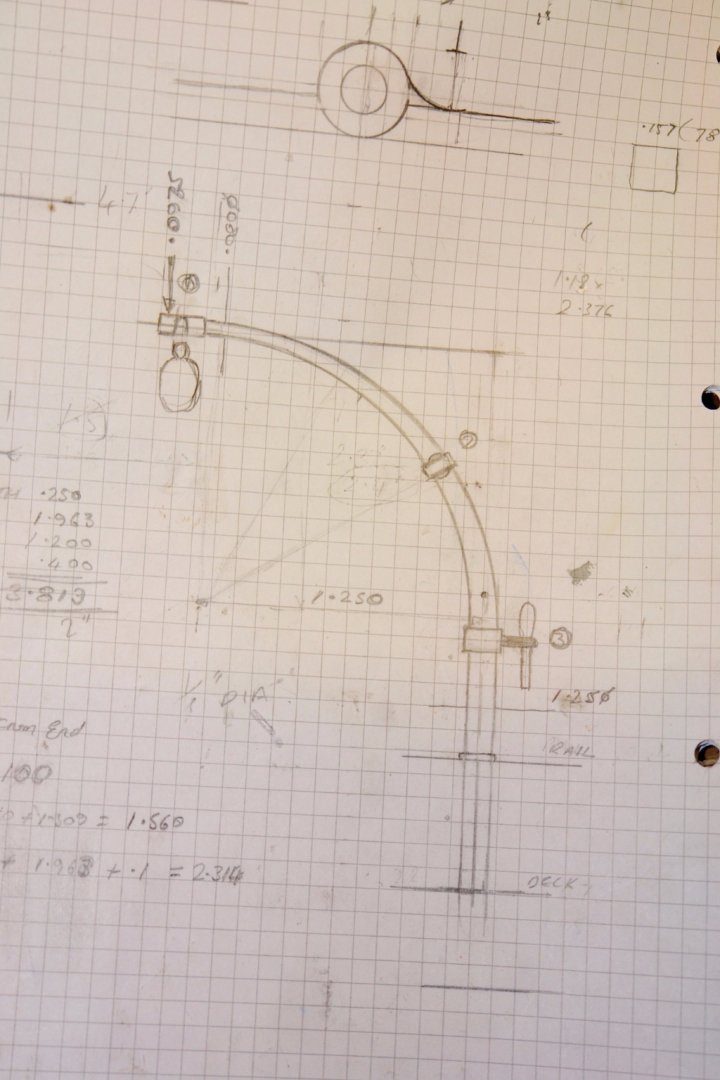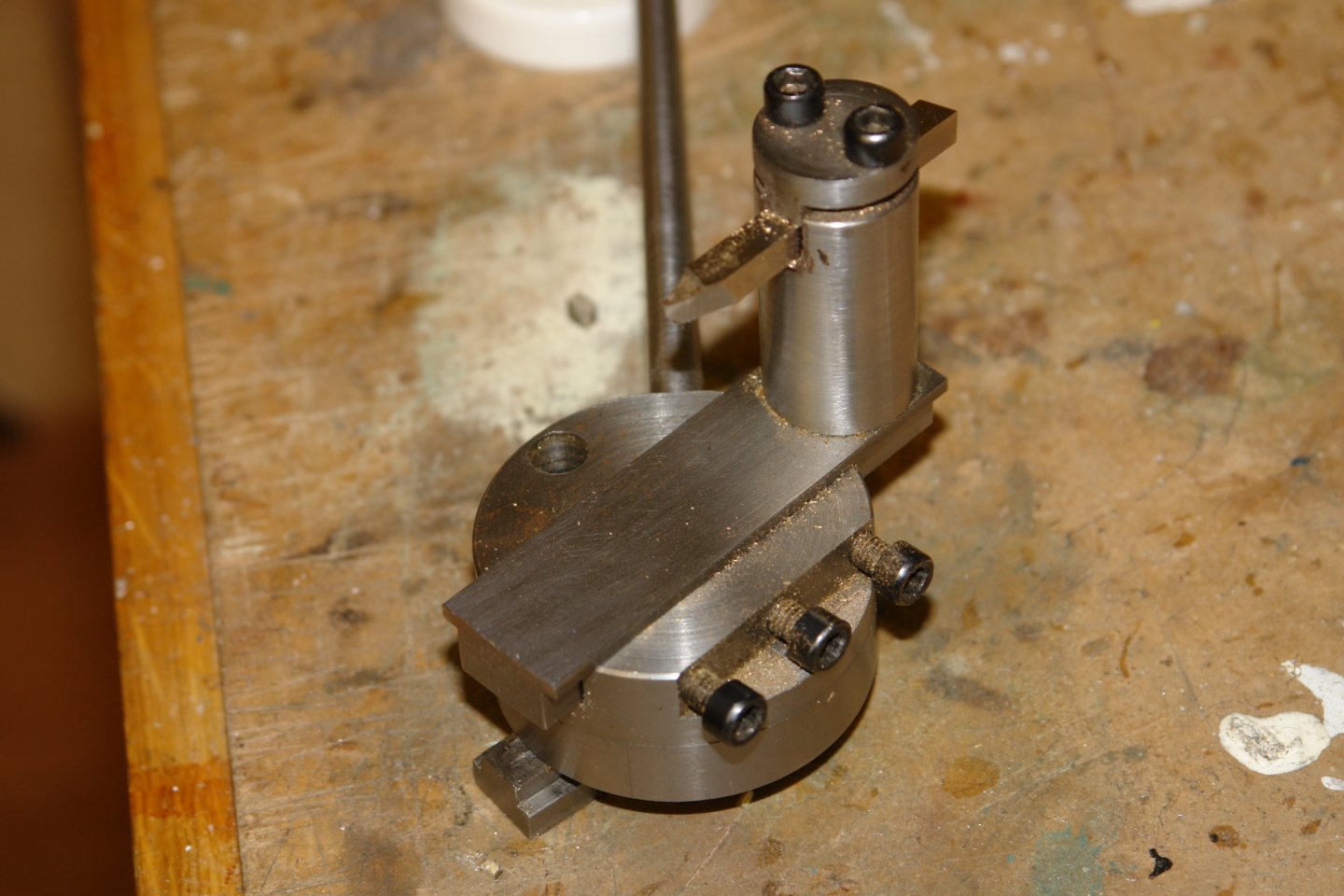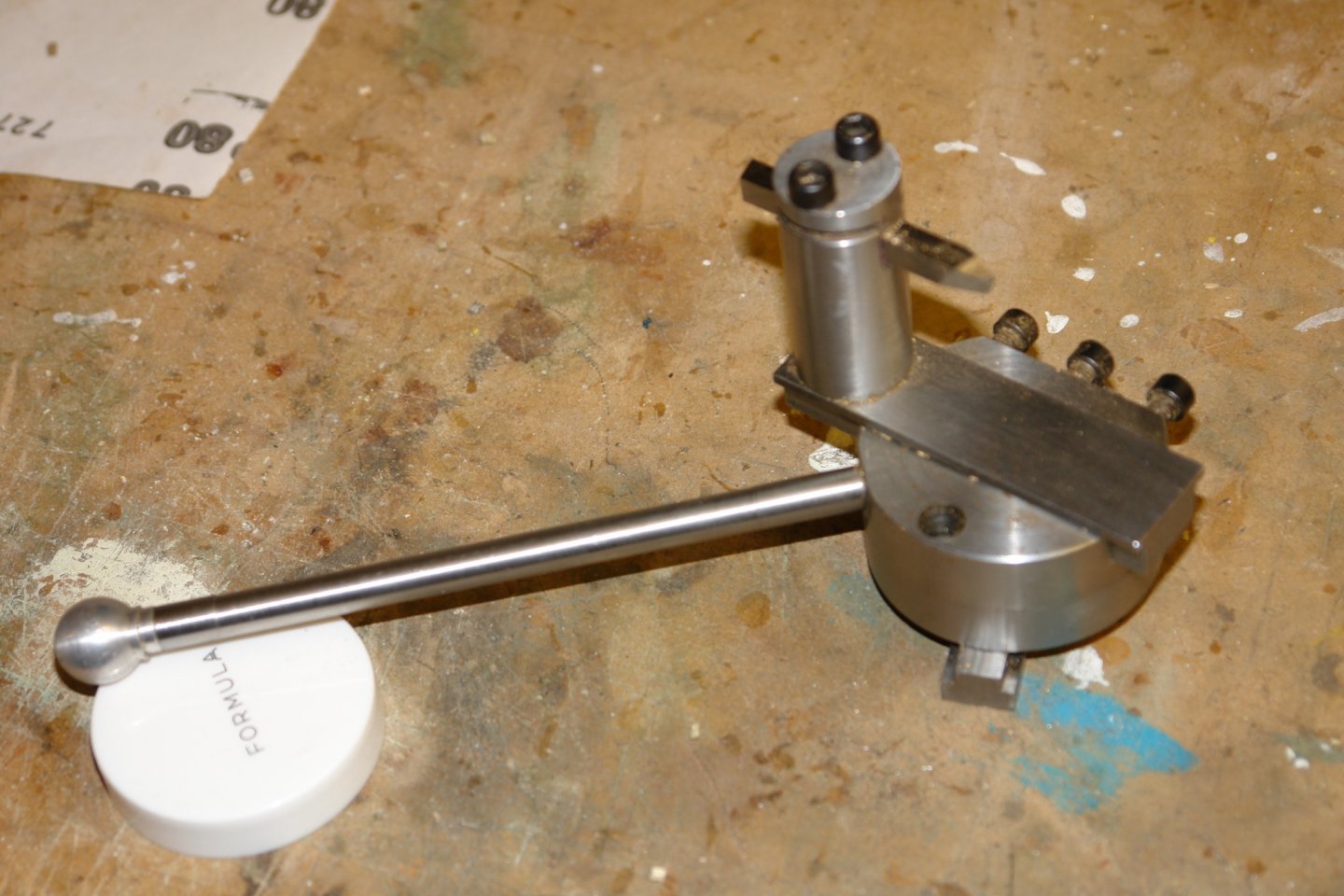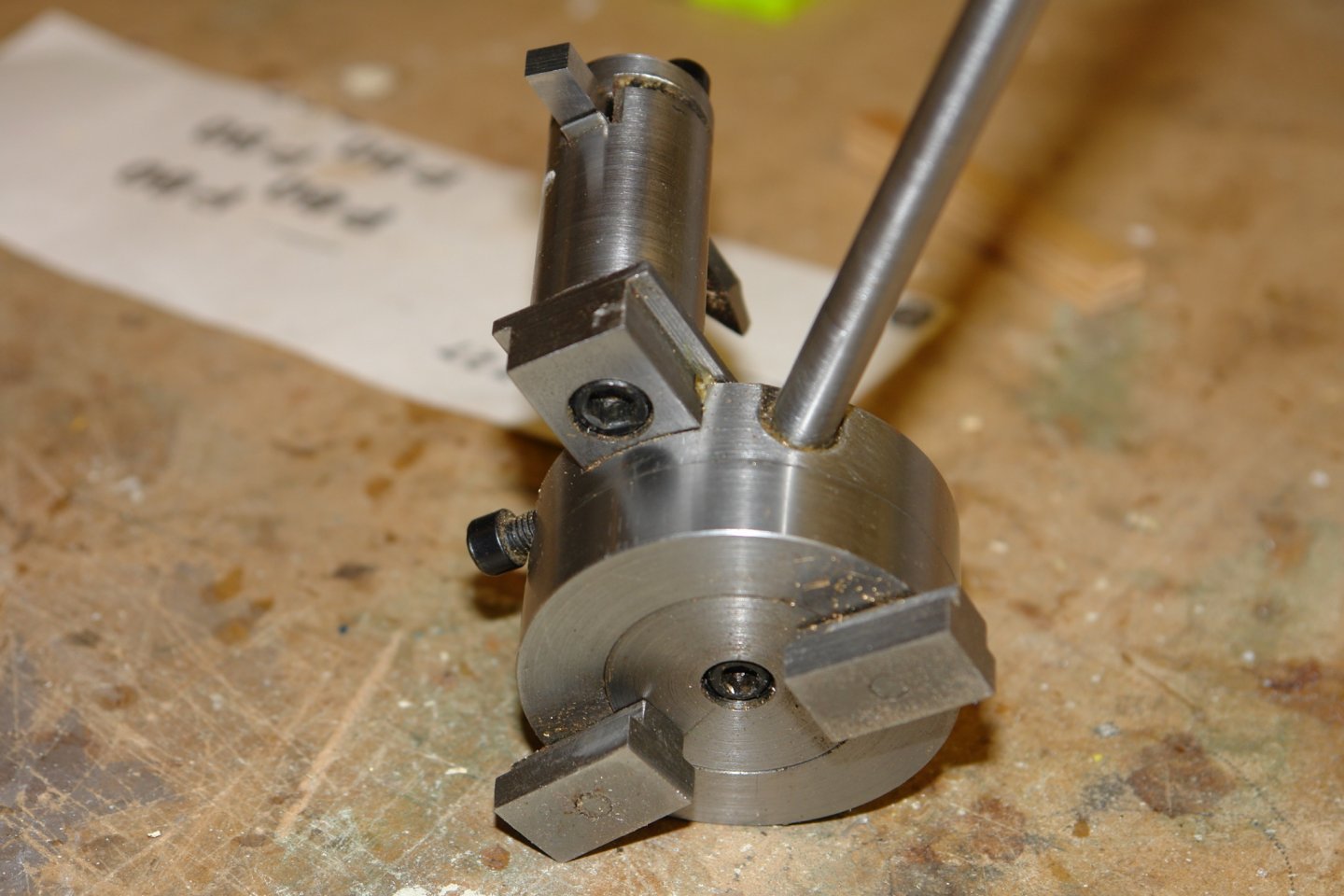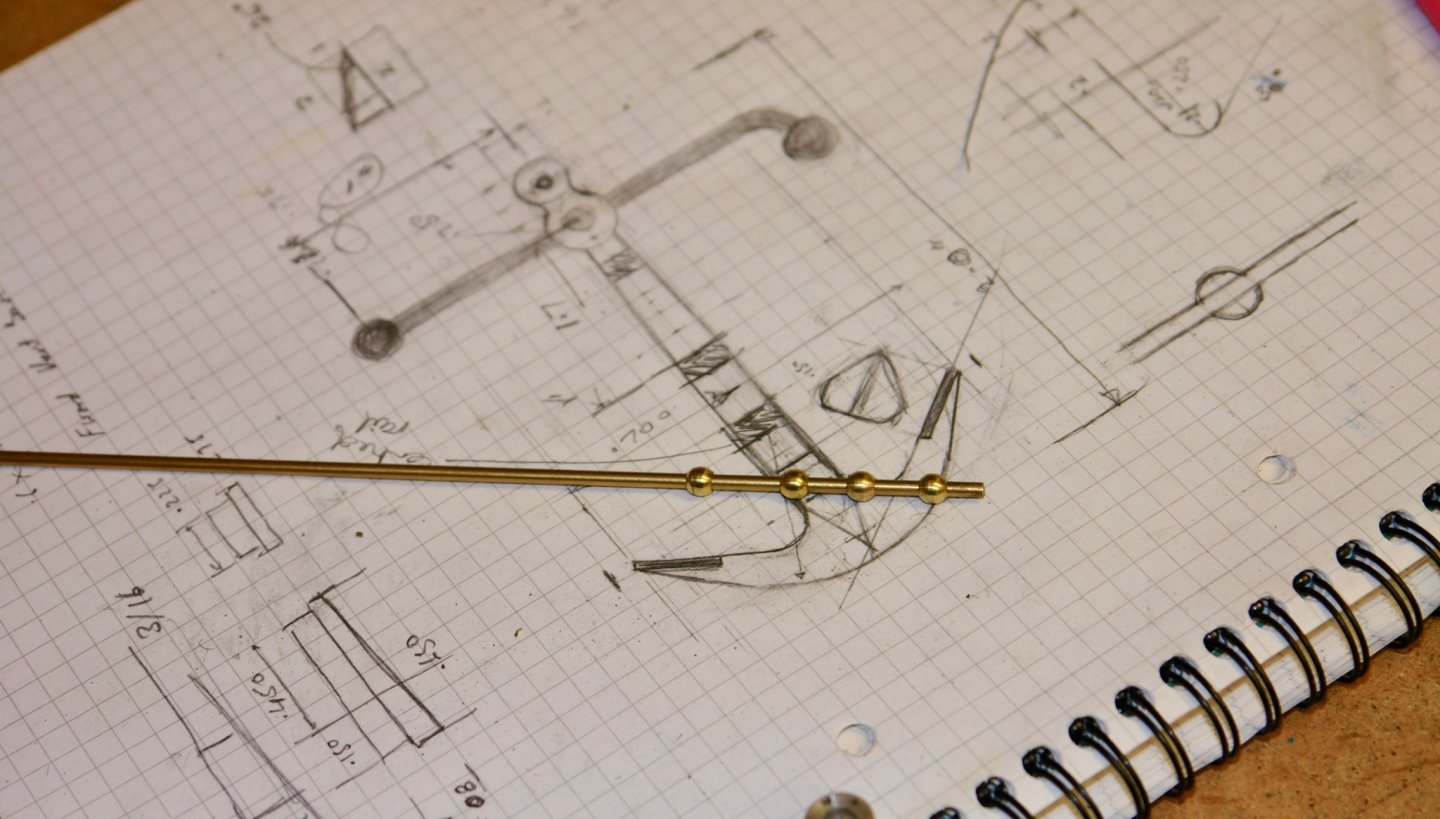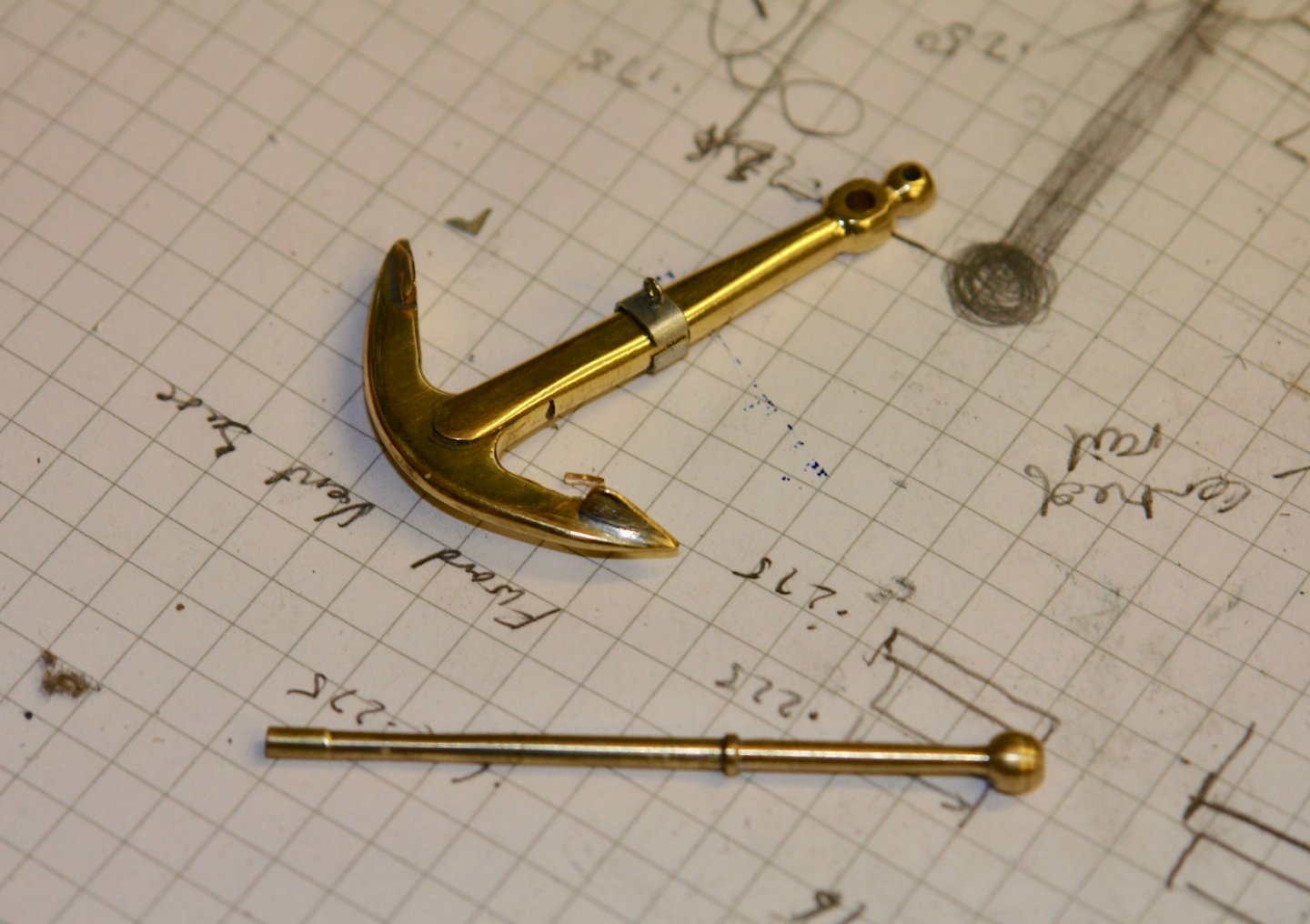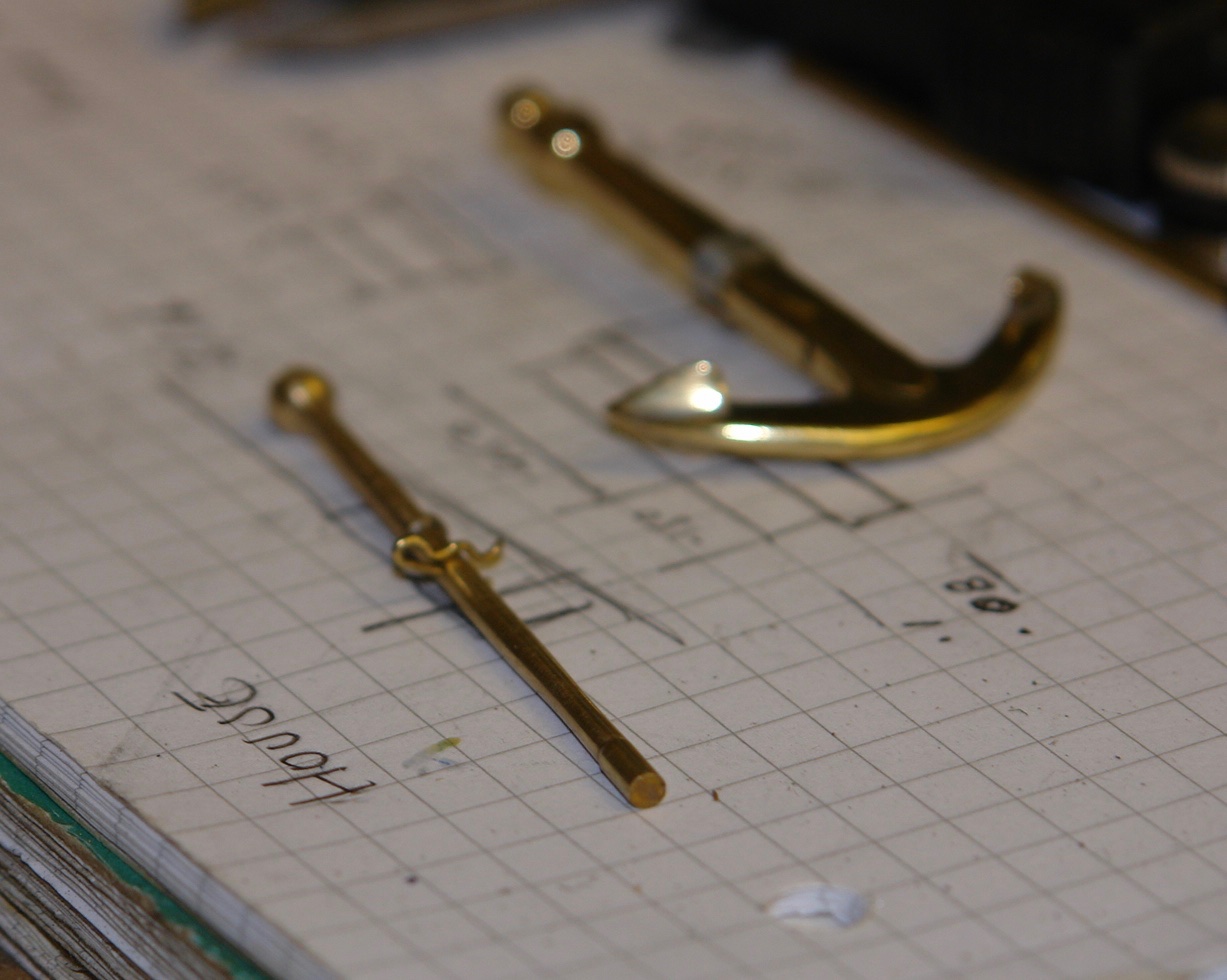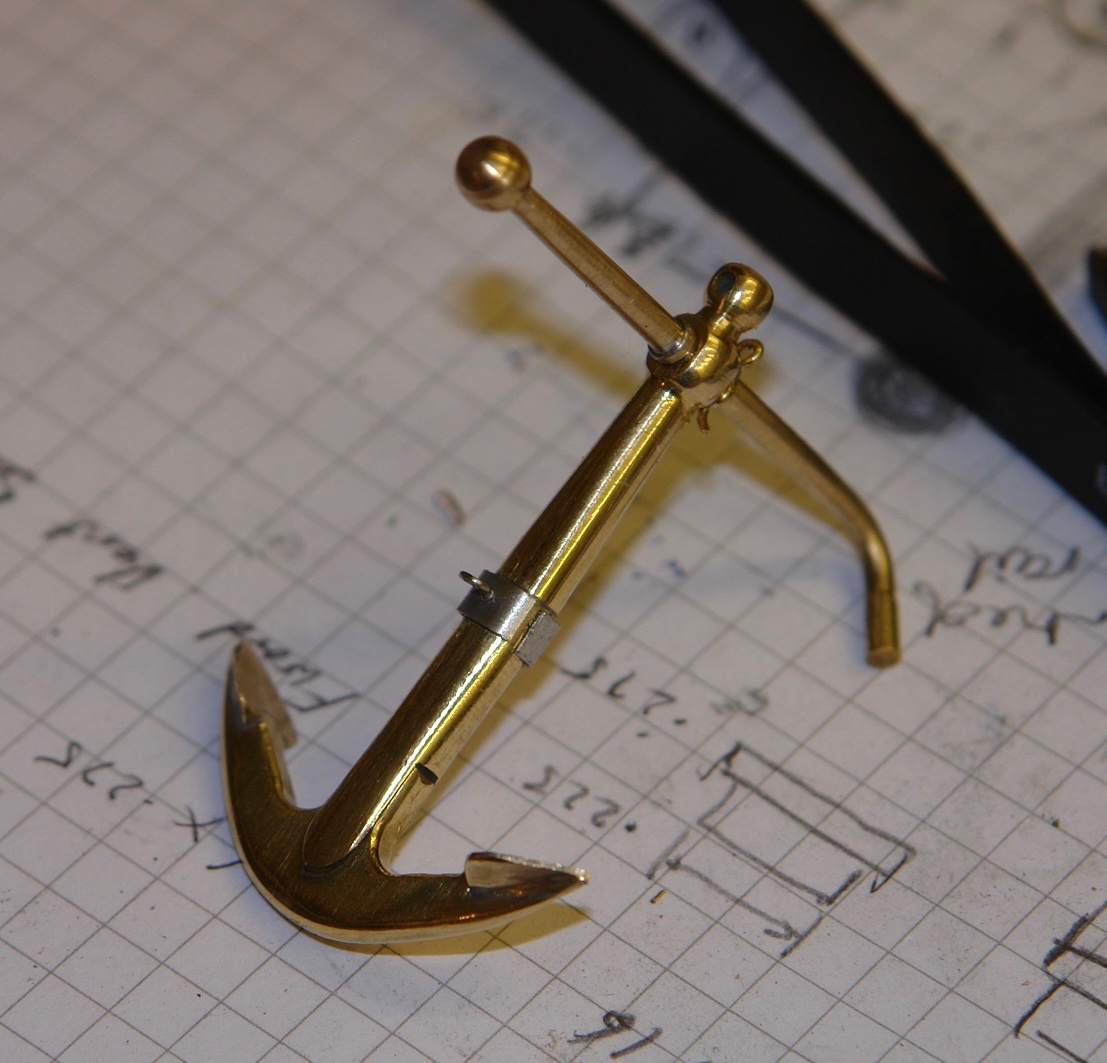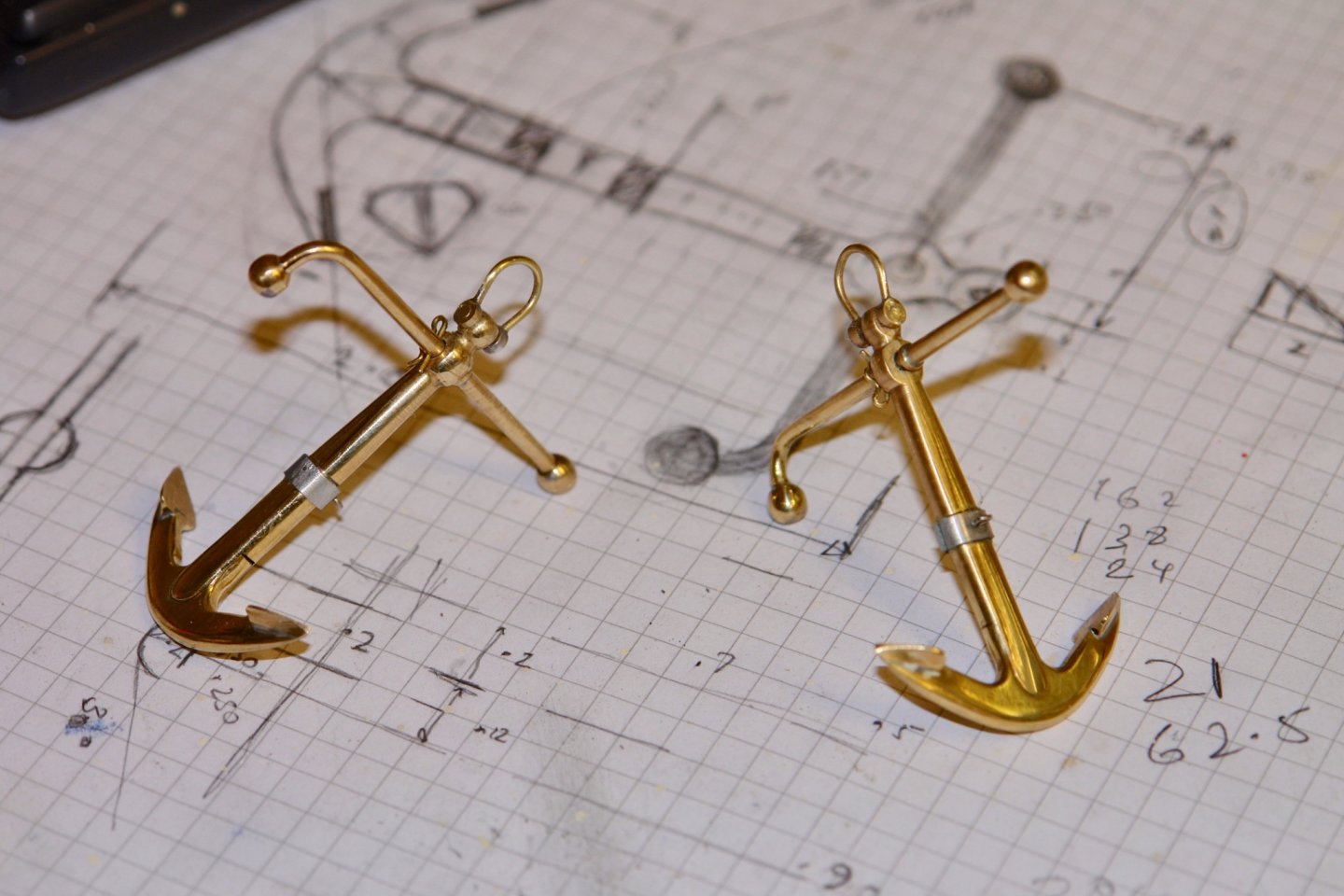-
Posts
3,948 -
Joined
-
Last visited
Content Type
Profiles
Forums
Gallery
Events
Everything posted by KeithAug
-

Cap San Diego by mikegr - 1/160
KeithAug replied to mikegr's topic in - Build logs for subjects built 1901 - Present Day
Superstructure is looking quite smart, nice detailed work in cutting out the windows, well done. -
Thank you Keith, Gary and Michael. I spent the weekend making the davits for the embarkation steps and for the anchor. Basically smaller versions of those previously completed but in this case neither pass through the rail. But first a better picture of one of those already made. The next two slot into up-stands which rise from the deck. The steps davit:- And the anchor davit:- Next time something completely different!!!!!!!
-
Hmmmm! Time marches on. Not long before we find ourselves being strapped to a commode in a nursing home.
- 2,214 replies
-
George, About 15 years ago I spent a happy day with friends wondering round the Averof in Athens. She was being refurbished as a display ship at the time and we were lucky to find an enthusiastic technician who took us on an extended tour (the asbestos was a bit worrying). She is a fine example of a WW1 armoured cruiser and I look forward to seeing your model develop.
-
Hello Michael, thanks for stopping by - I don't think I can get LED's small enough to fit under the rail without being able to see them. I did contemplate putting LED's behind the hull portholes but I figured I would never switch them on after the first couple of months. I worked on the boat davits this week. Germania has davits on the starboard side for handling the tender. The inflatables on the port side don't have any handling aids. The davits started as .125" brass rod. I cut the rods over length before drilling 3 transverse holes (.025" diameter) to take the block, the sheave and the belaying pin. The next step was to turn down the block end to finished size, before turning a very shallow taper over the length of the ultimate curved section. I initially set the taper at too large an angle and then, working from the narrow end, I gradually reduced the angle until the taper covered the desired length. Both ends of the rod were supported for this operation for obvious reasons. You can just about see the traverse holes in the next photos. I needed a bending jig to get bend curvature accurate. I did a very sophisticated job on the jig. I needed to get the transverse holes in the correct orientation and I also wanted the length around the curve accurate so I soldered on a piece of scrap copper to control both the orientation and length. The broach at the right hand end is maintaining the orientation. The jig was then set up for bending and clamped in the vice to secure the davit in position. The davits had previously been heated to soften them so pressing them round the former with the end of a piece of wood was straightforward. The copper was then desoldered before a pair of rings were soldered on to create the stops that control how far the davits sit above the rail. The sheaves and their brackets were made (and lost), and made again. The rings for the belaying pin were also turned and milled to shape. The bracket was formed from a piece of aluminium tube. A pair of belaying pins were made and the davits were assembled. I now have 2 more davits to make - one that is shared by the anchors and one that handles the steps.
-
Tom, it is hand operated for this purpose but I can attach the mini electric drill if I need power. Thank you for your encouraging comments.
-
Yes Eberhard - that's why I was putting it off. Good luck with the 1mm wire I look forward to seeing the results. Pat - just a standard brad point wood drill, hand cranked with very little pressure. The drill was new and quite sharp. I have a lot of drilling of the rail to do - to mount the stanchions. Druexy - It railed against the operation but finally succumbed.
-
Moving on:- But not very far. I have been putting off doing a small job on the rail to take the pair of tender handling davits. The rail is shaped round the davits as can be seen in the photo. Only the starboard rail has this feature. I started by making a card pattern to check how it would look. Then I took a scrap of mahogany and did some basic profiling on the mill. The hole is 5/32". I also made a pair of filing buttons to assist shaping of the outer profile. With the shaping complete I sliced off .065" strips - slightly thicker than the rail. They were then cut down to the required width. I made 4 - 2 spares for breakages. I broke 1. I cut a template to guide cutting of the rail, this was temporarily held in place with double sided tape. The cut out was made using a craft blade and then squared of with a sharp chisel. The rail pieces were then glued in place and sanded to blend in. I drilled through the holes in the rail to mount the deck davit boss. My dill pedestal kept things square The deck boss and the rail collar were turned and fitted. These take a 1/8" davit. I drew the 2 davits - identical apart from the shaft length. I have started making the davits but will save progress for the next post.
-
Lovely looking little boat and so well displayed, well done.
- 69 replies
-
- Galway hooker
- fishing
-
(and 2 more)
Tagged with:
-
Rigging going well Allan, neatly done.
- 86 replies
-
- schooner
- effie m morrisey
-
(and 1 more)
Tagged with:
-
Brian, remarkably they do. I think the brownish red looks great and agree that a bright red wouldn't have worked nearly so well. I look forward to the next instalment.
-
Very nice work on framing out the clinker shell. I look forward to seeing more. My workshop started out at 7 degrees today and by mid afternoon had reached 12. I recall thinking it was getting a bit too warm.
-
I have every sympathy Keith. I have spent loads of time staring at out of focus images of Germania most of which lead me to different conclusions about the same part. At lest you have the advantage that a better photo is unlikely to turn up. Nice detail on the rudder chains.
-
Andrea, Very creative recycling. Your English is fine.
- 9 replies
-
- Schooner
- training vessel
-
(and 1 more)
Tagged with:
-
Eberhard / Druxey, I was limited by the size of the bar I had for the base. If you look at the top view you will see a hole near the handle. The cap head bolts which hold the "T" nuts are recessed into the fixed base and are accessed by this hole. The top is turned through 180 deg to access the second cap bolt. Thank you for your kind remarks Druxey.
-
Eberhard - nothing special, home made. I made it so that it will cut balls as well as concave surfaces. Eberhard, Undecided - I'm tempted to leave them but think they will look better in black.
-
I continued working on the anchors. I dug out the lathe ball turning attachment to make the 4 small balls that sit on the ends of the 2 stocks. They were temporarily parked on a 3/32" rod awaiting use. They are .150" diameter. The stock was turned from 3/32" rod - taper turned to slim down towards both ends. The stock was heated to soften the brass for later bending. A ball was soldered on one end and a ring added to butt up against the shank. The stock was then inserted into the shank and a .025" hole was cross drilled to take the keep pin. The keep pin was made from wire. The stock was inserted in the shank and the end was bent through 90 degrees. The ball was then soldered on the other end (the metal clip is preventing the ball moving during soldering). A bit of polishing followed. Next the 2 shackles were made. I cut a piece of small bore tube on the lathe ( the grooves are to guide later cutting). The tubes were drilled with 2 transverse holes and a length of .025"m wire and soldered it in place. The central piece of tube was then cut away to reveal my useless soldering. The next one went better. A shackle retaining pin was then made and the anchors were complete. Then temporarily position to see how they looked.
-
Eberhard I tend to agree, particularly where more than a couple of identical items are being made. The case is a bit more marginal when only a couple of items are required where the preparation time can be as long as the fabrication alternative. Keith - I will add it to the plan although I might wait for an outdoors photo opportunity. The weather here isn't very conducive to outdoor photo sessions at the moment. Thank you Gary and Pat and to everyone else who has visited.
-
Silly me, the answer is in the picture.
- 33 replies
-
- James B Colgate
- whaleback
-
(and 2 more)
Tagged with:
About us
Modelshipworld - Advancing Ship Modeling through Research
SSL Secured
Your security is important for us so this Website is SSL-Secured
NRG Mailing Address
Nautical Research Guild
237 South Lincoln Street
Westmont IL, 60559-1917
Model Ship World ® and the MSW logo are Registered Trademarks, and belong to the Nautical Research Guild (United States Patent and Trademark Office: No. 6,929,264 & No. 6,929,274, registered Dec. 20, 2022)
Helpful Links
About the NRG
If you enjoy building ship models that are historically accurate as well as beautiful, then The Nautical Research Guild (NRG) is just right for you.
The Guild is a non-profit educational organization whose mission is to “Advance Ship Modeling Through Research”. We provide support to our members in their efforts to raise the quality of their model ships.
The Nautical Research Guild has published our world-renowned quarterly magazine, The Nautical Research Journal, since 1955. The pages of the Journal are full of articles by accomplished ship modelers who show you how they create those exquisite details on their models, and by maritime historians who show you the correct details to build. The Journal is available in both print and digital editions. Go to the NRG web site (www.thenrg.org) to download a complimentary digital copy of the Journal. The NRG also publishes plan sets, books and compilations of back issues of the Journal and the former Ships in Scale and Model Ship Builder magazines.



